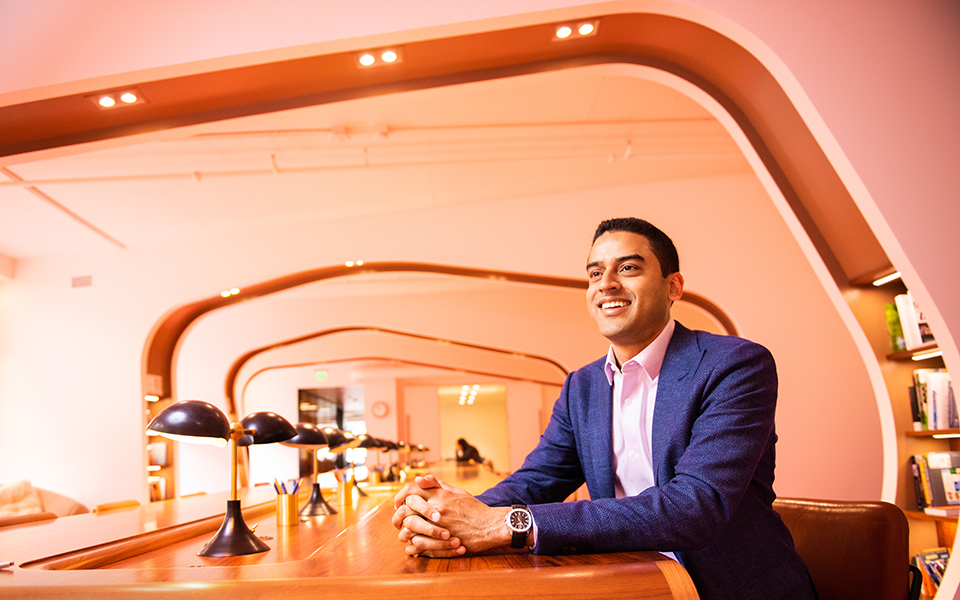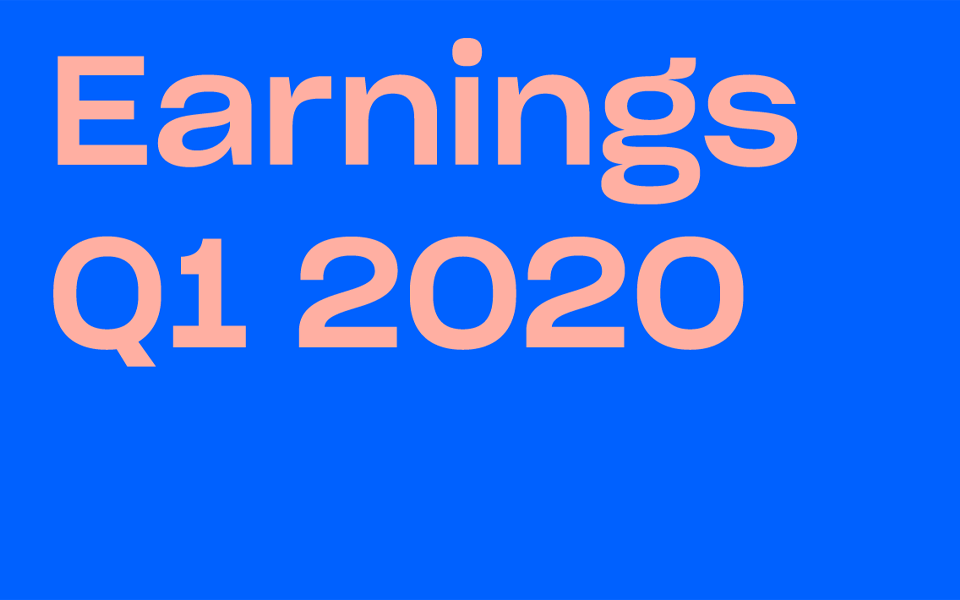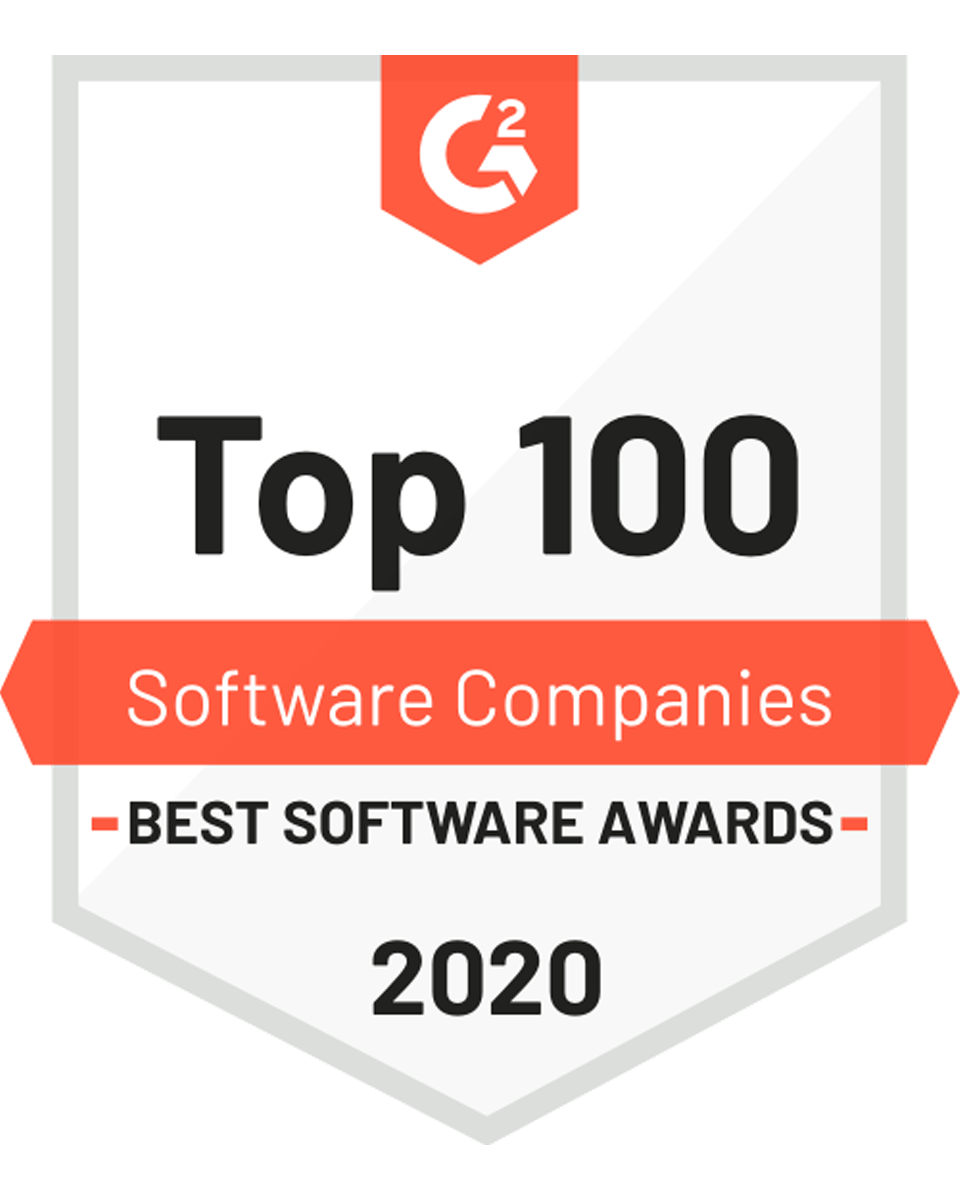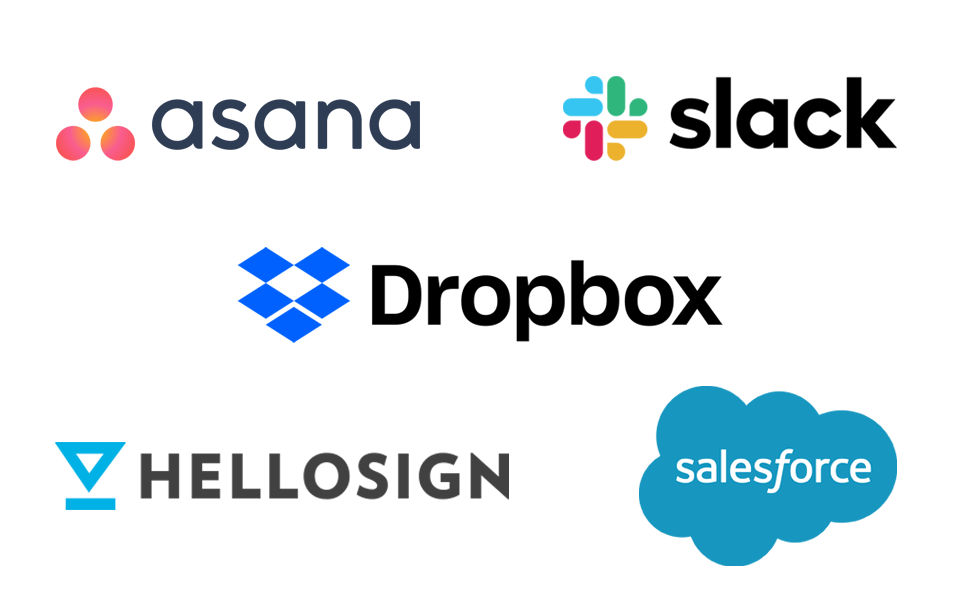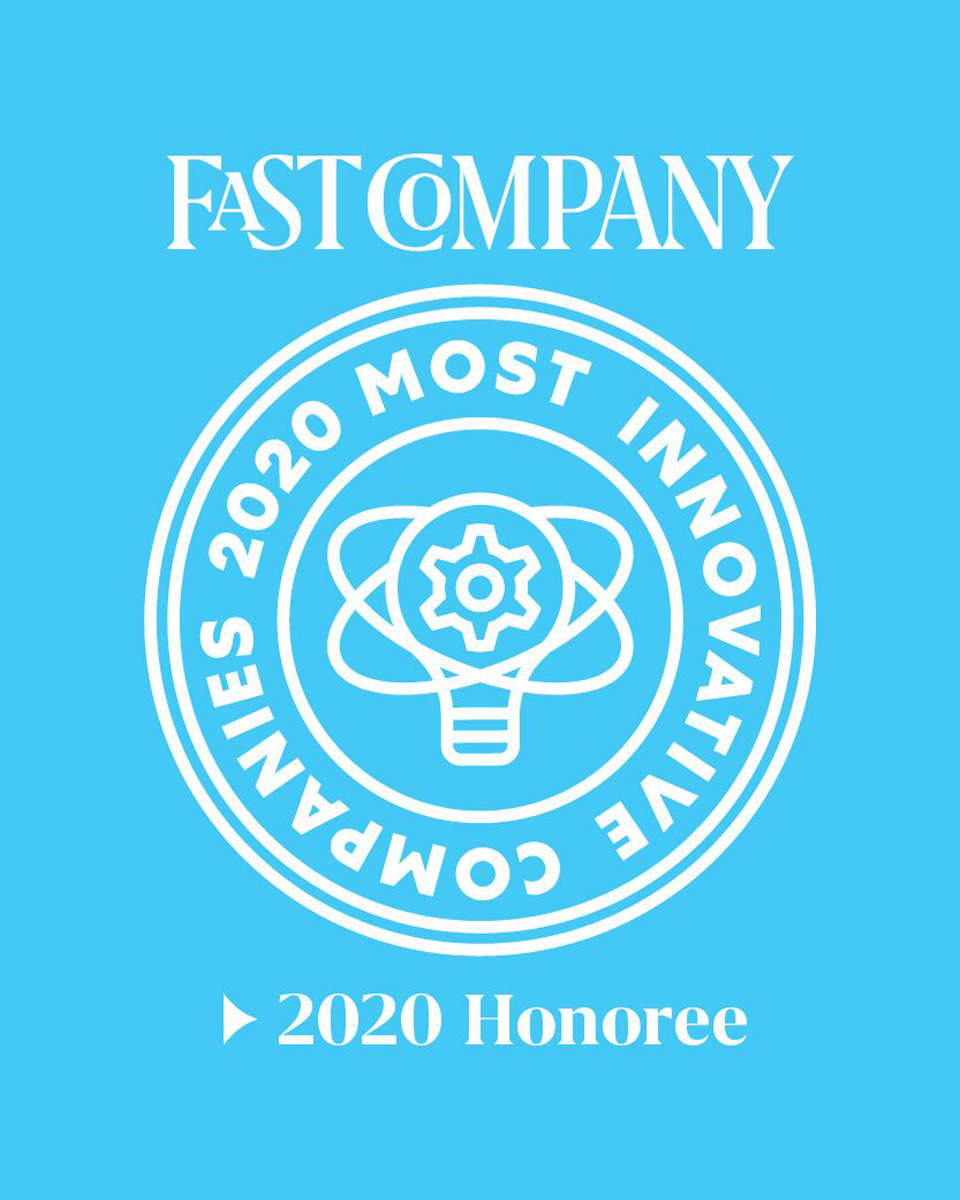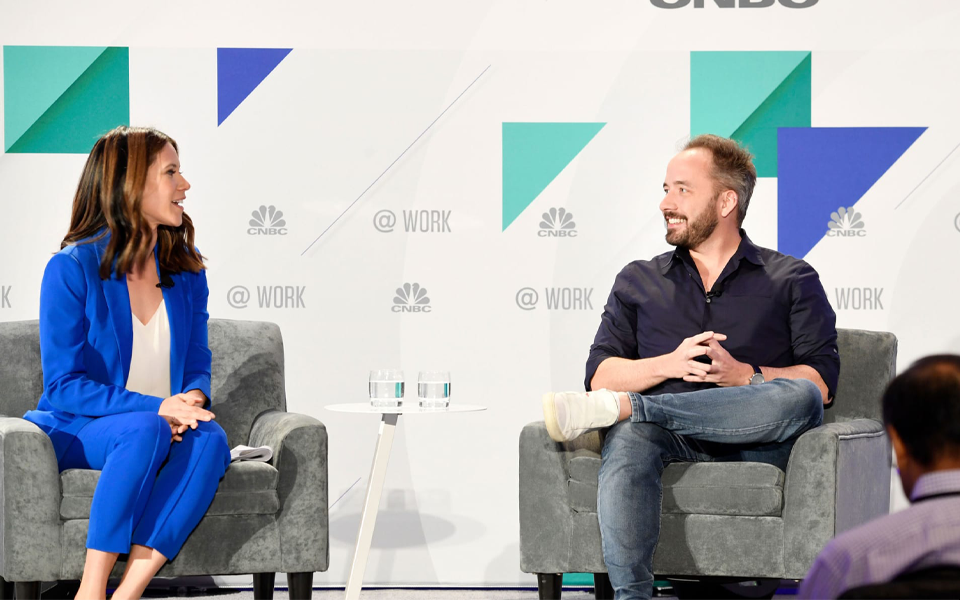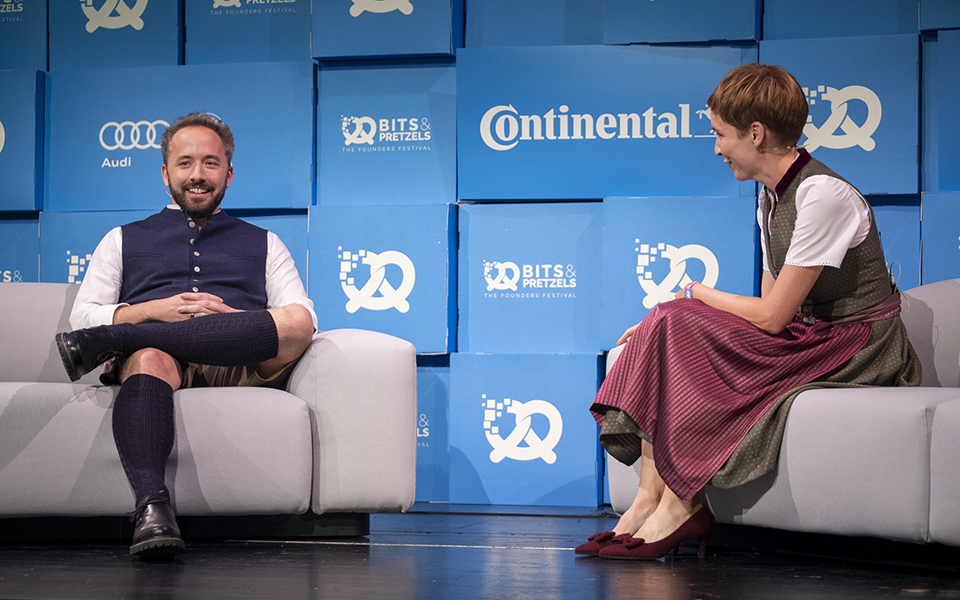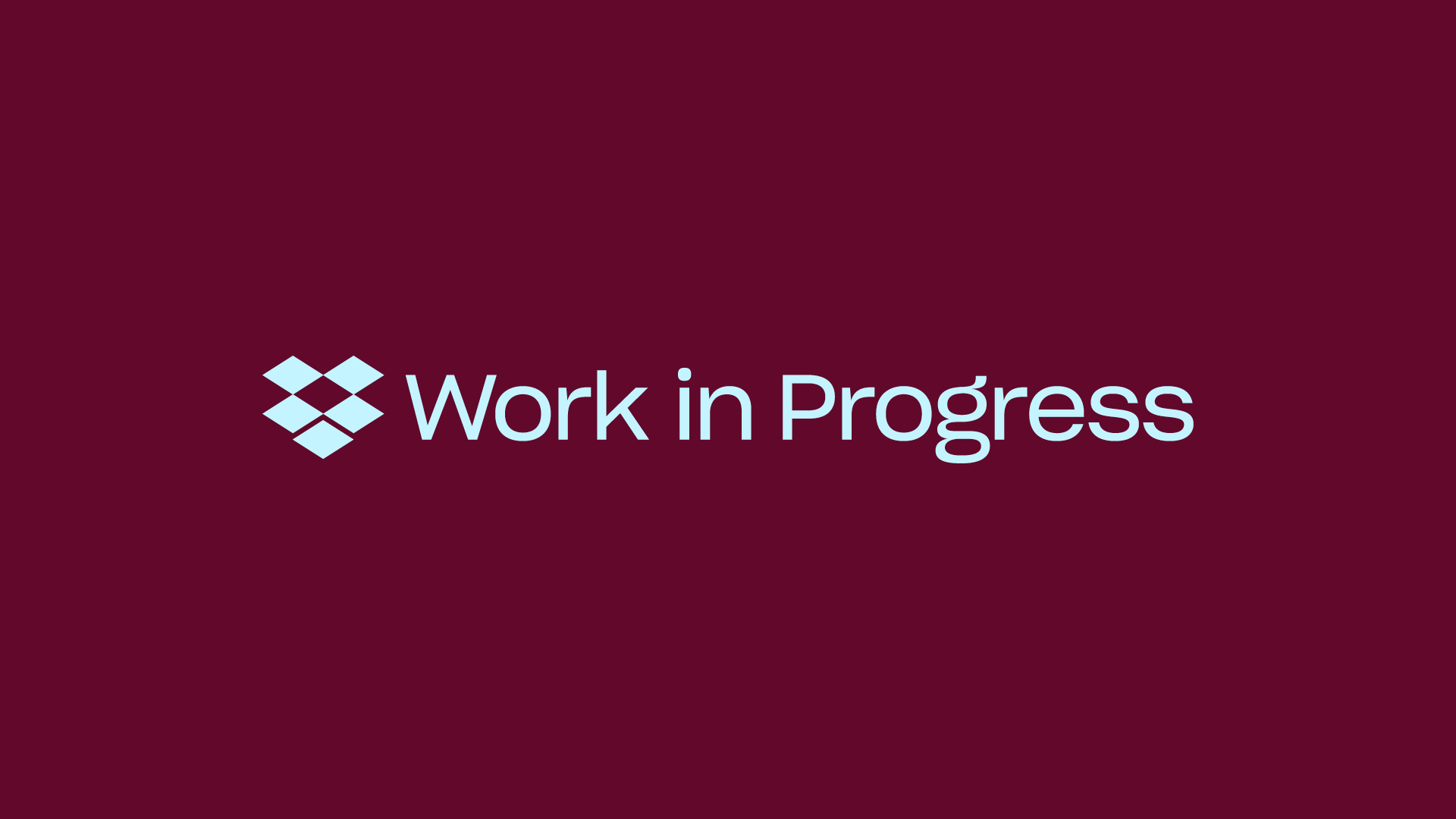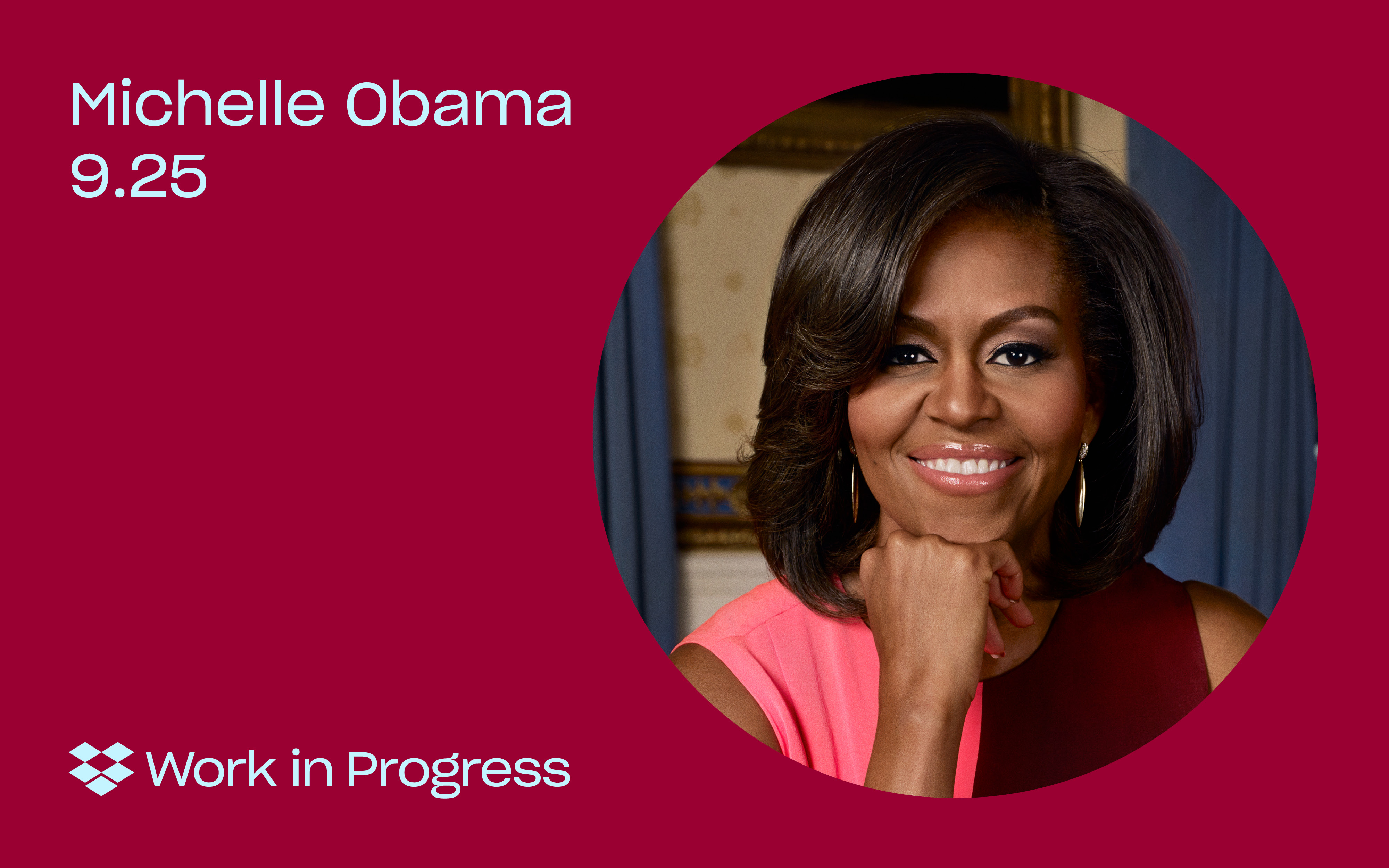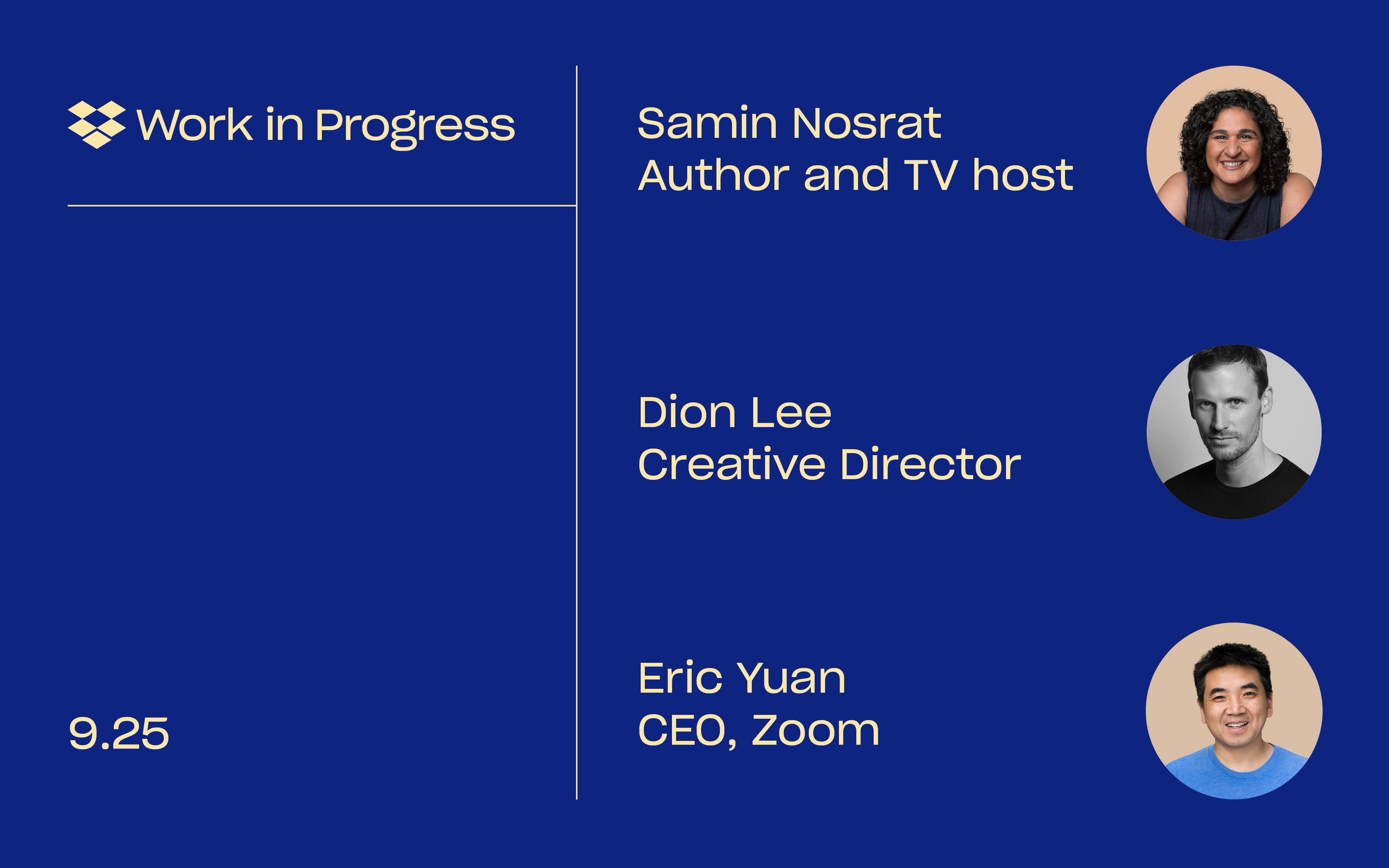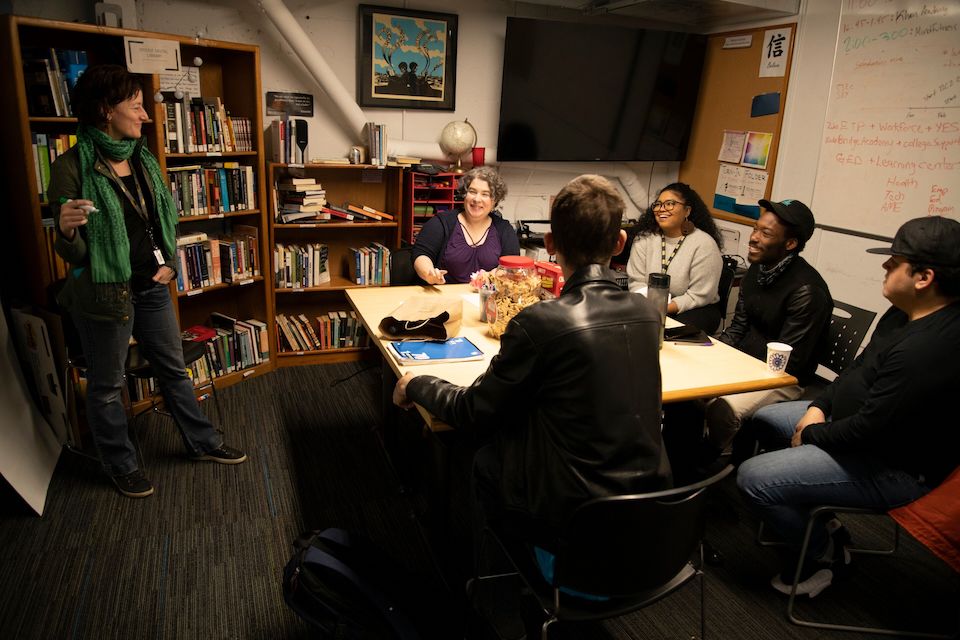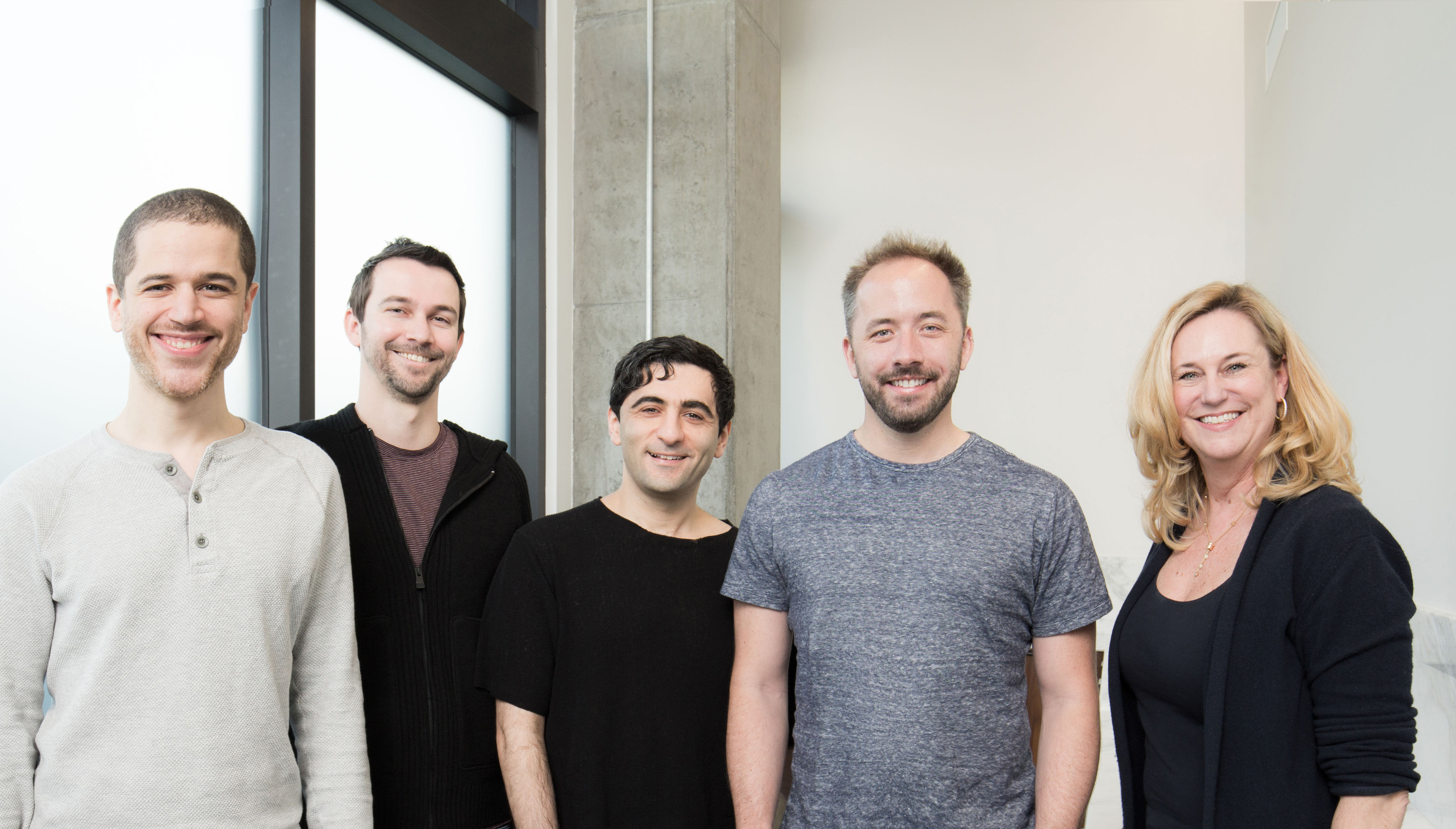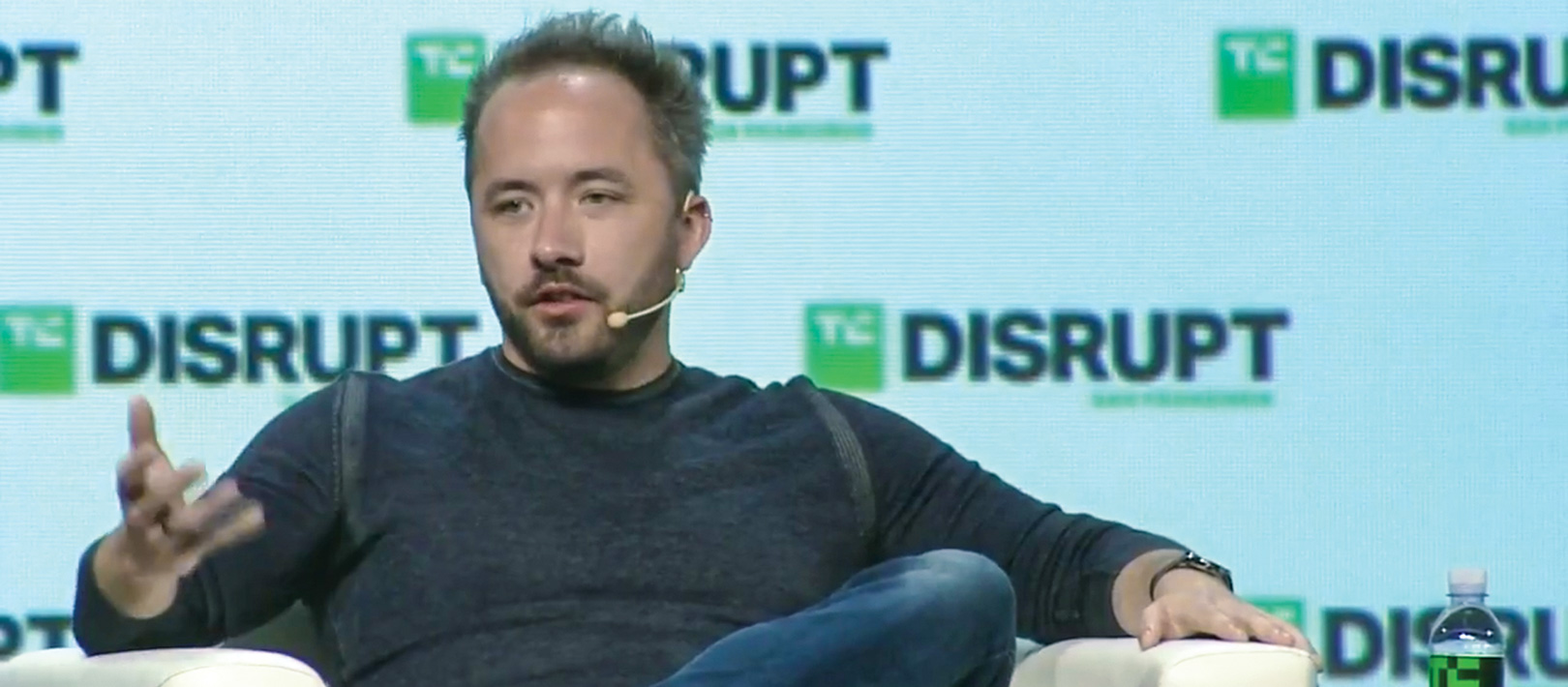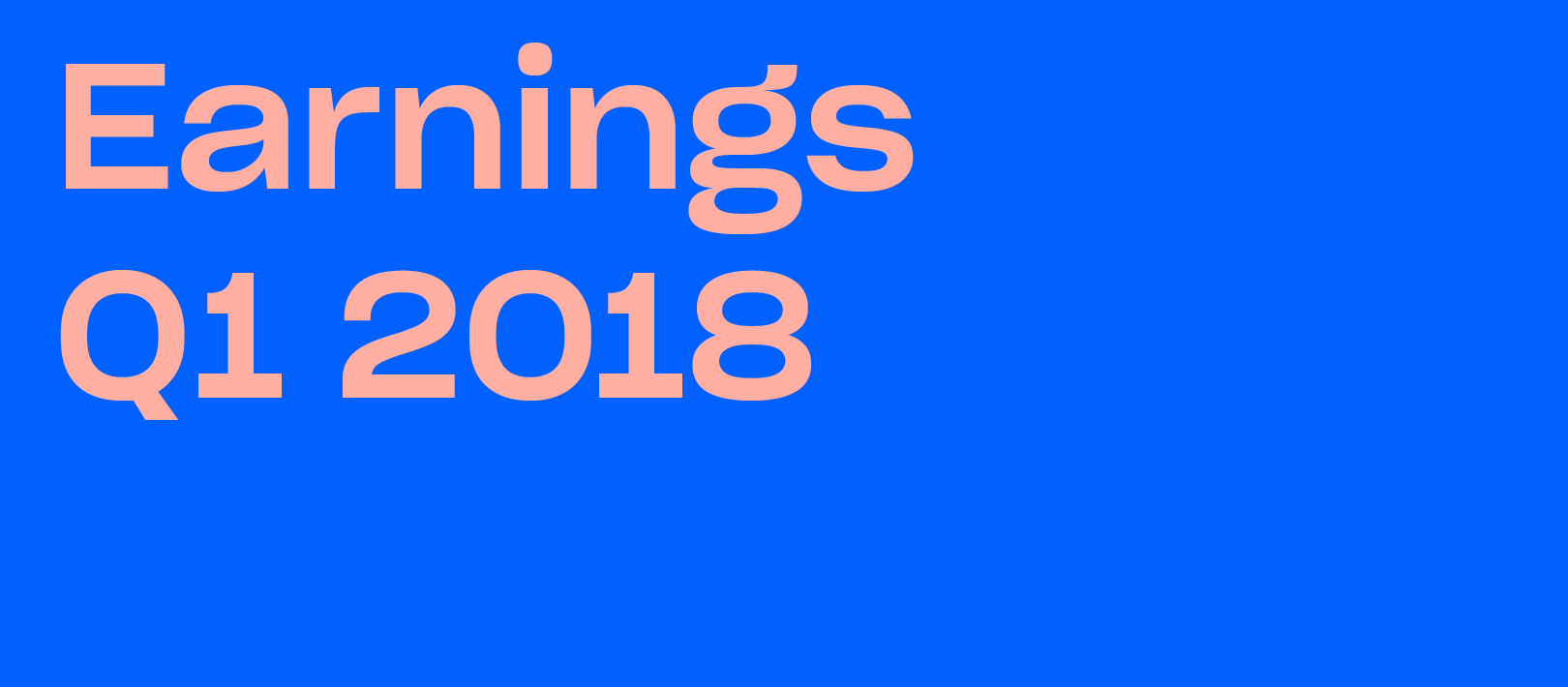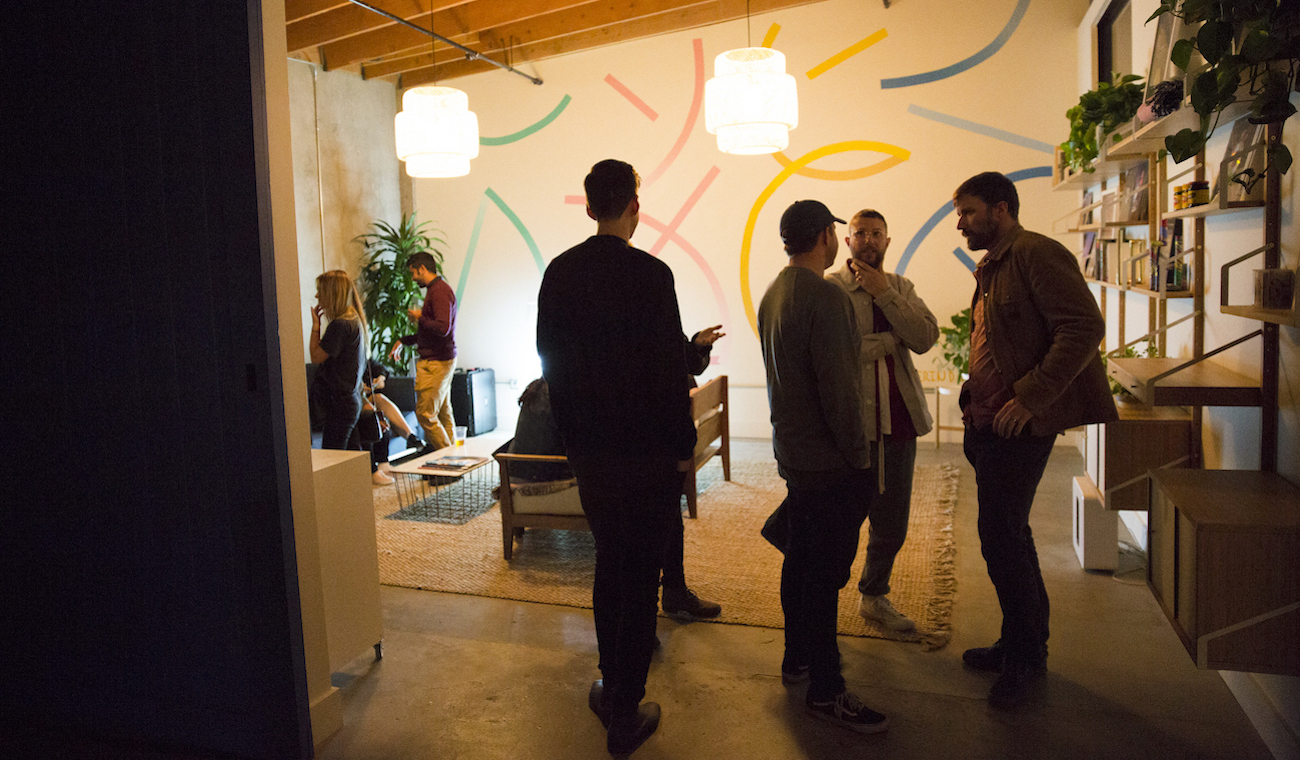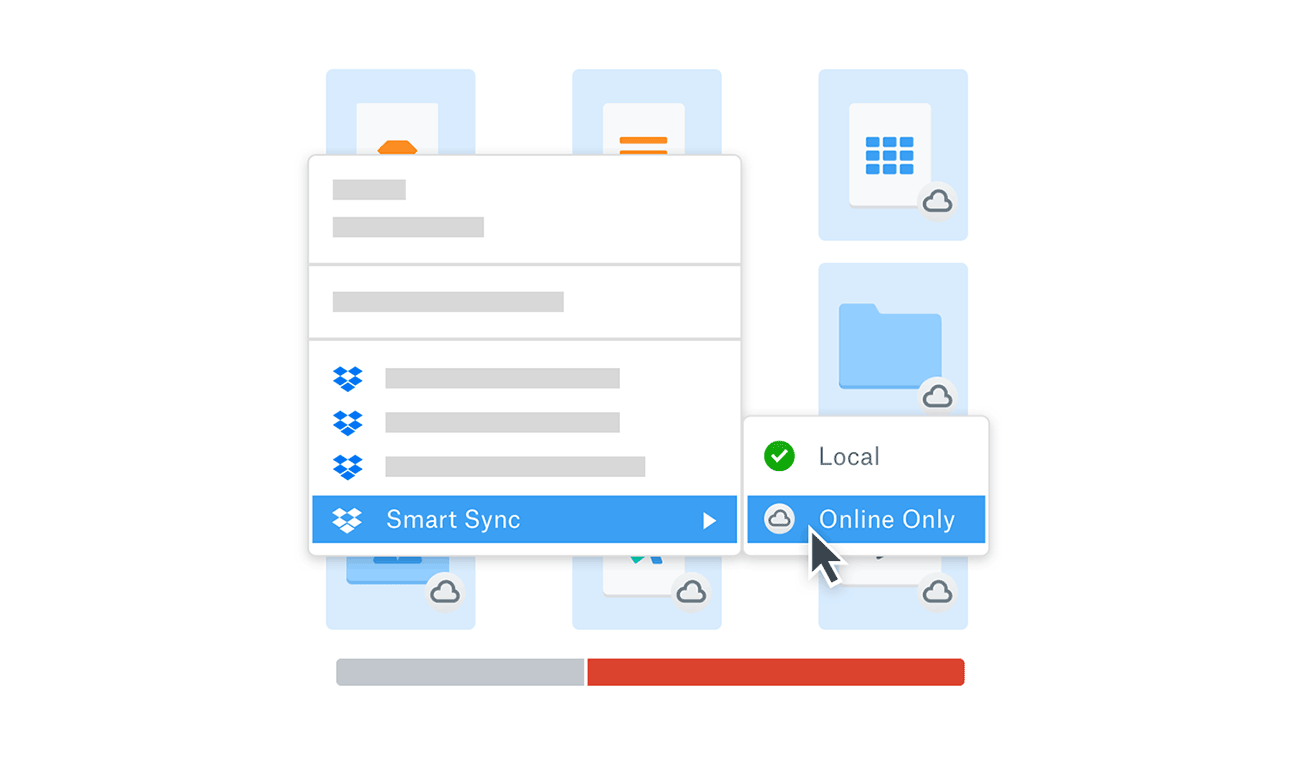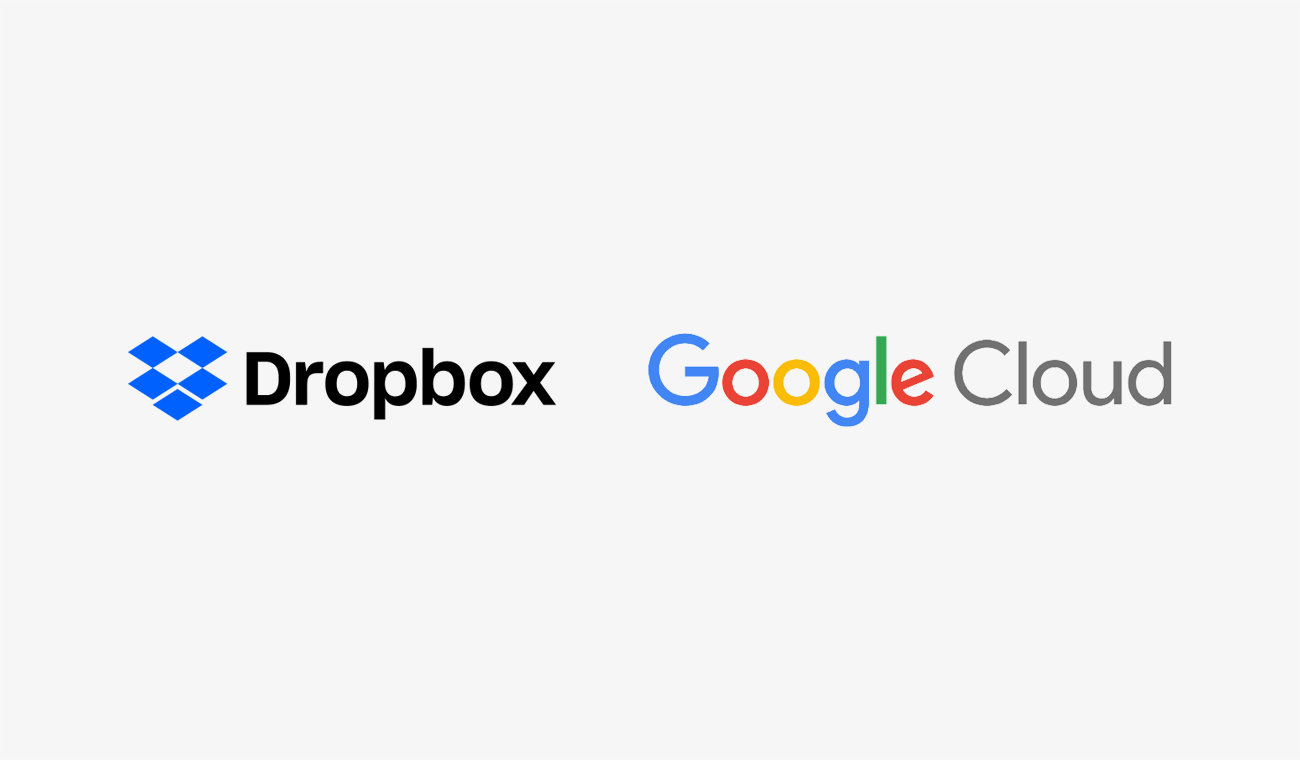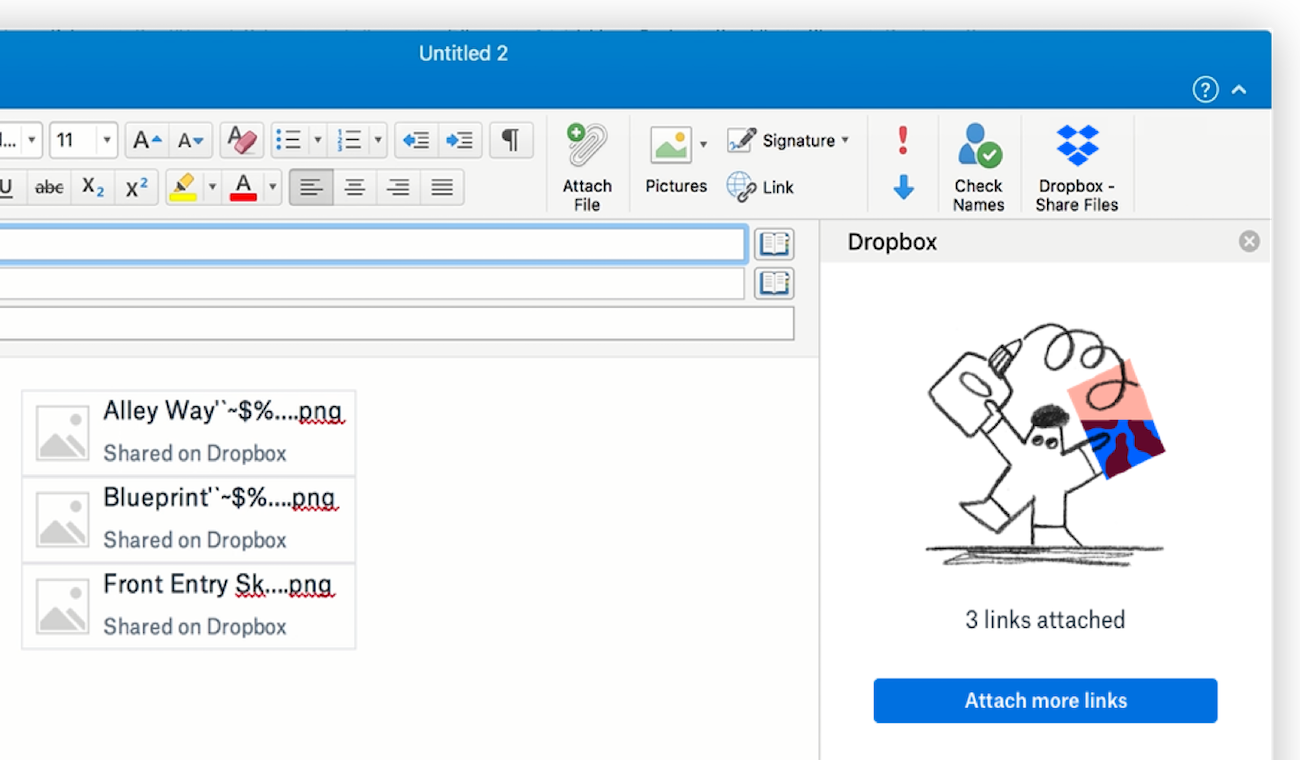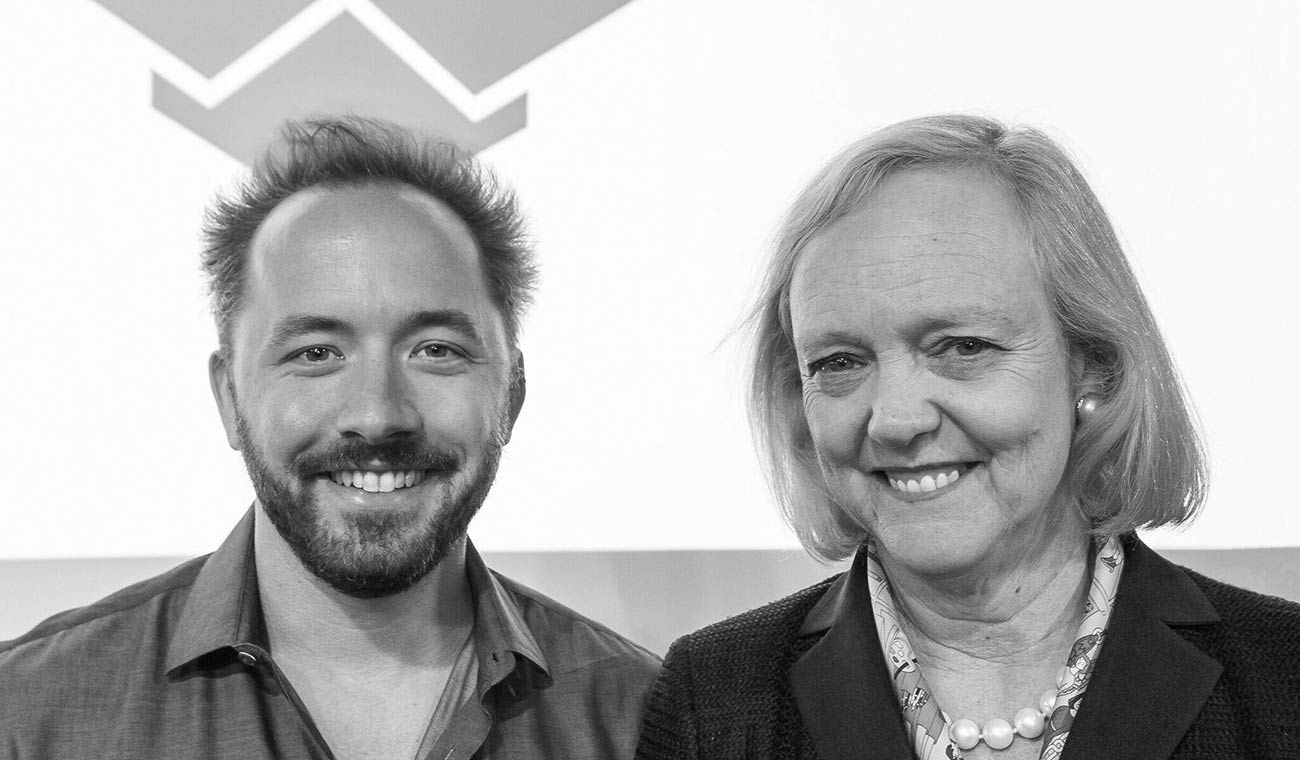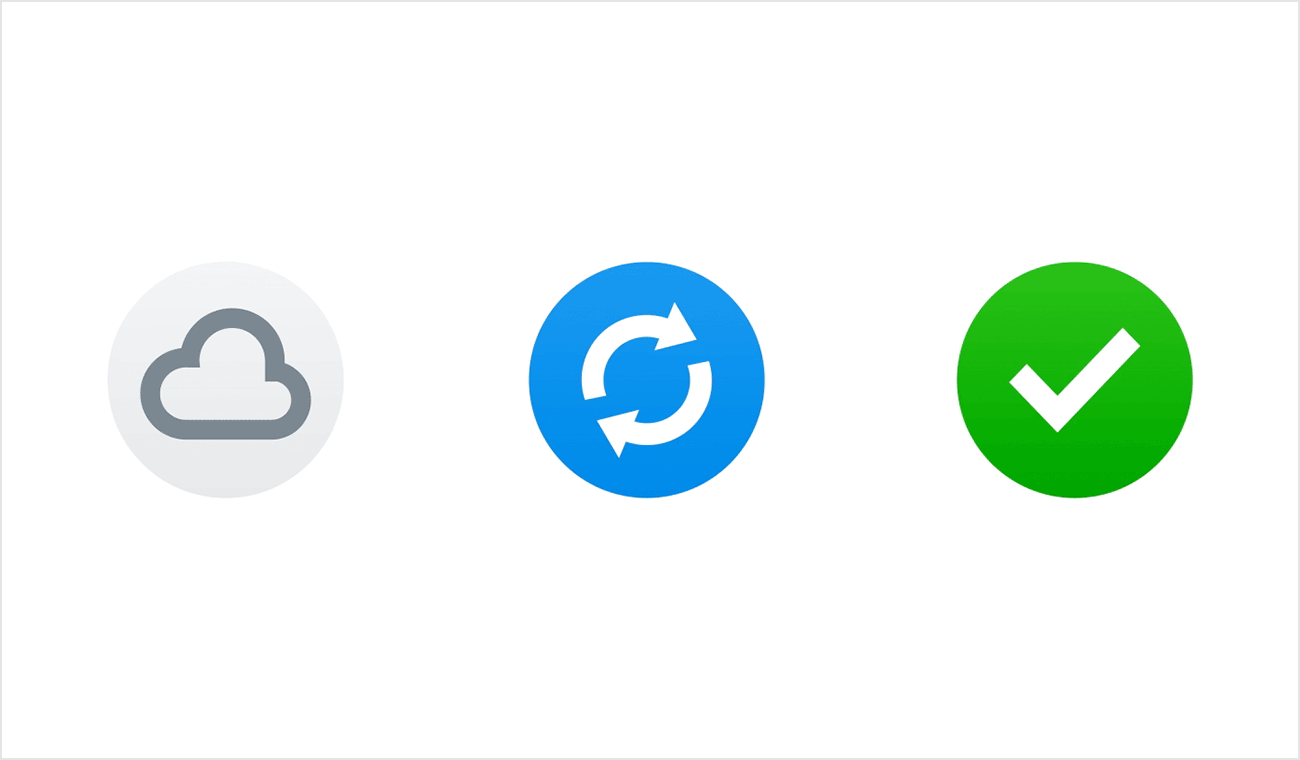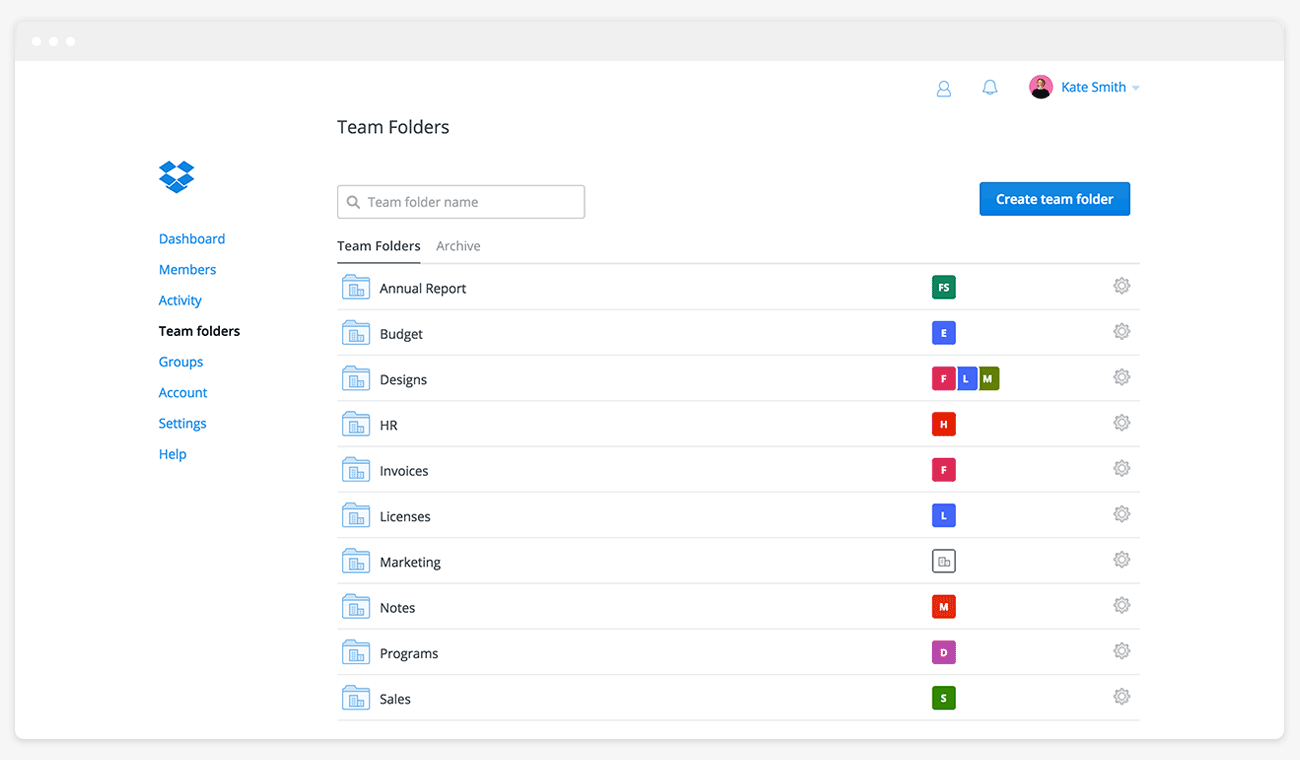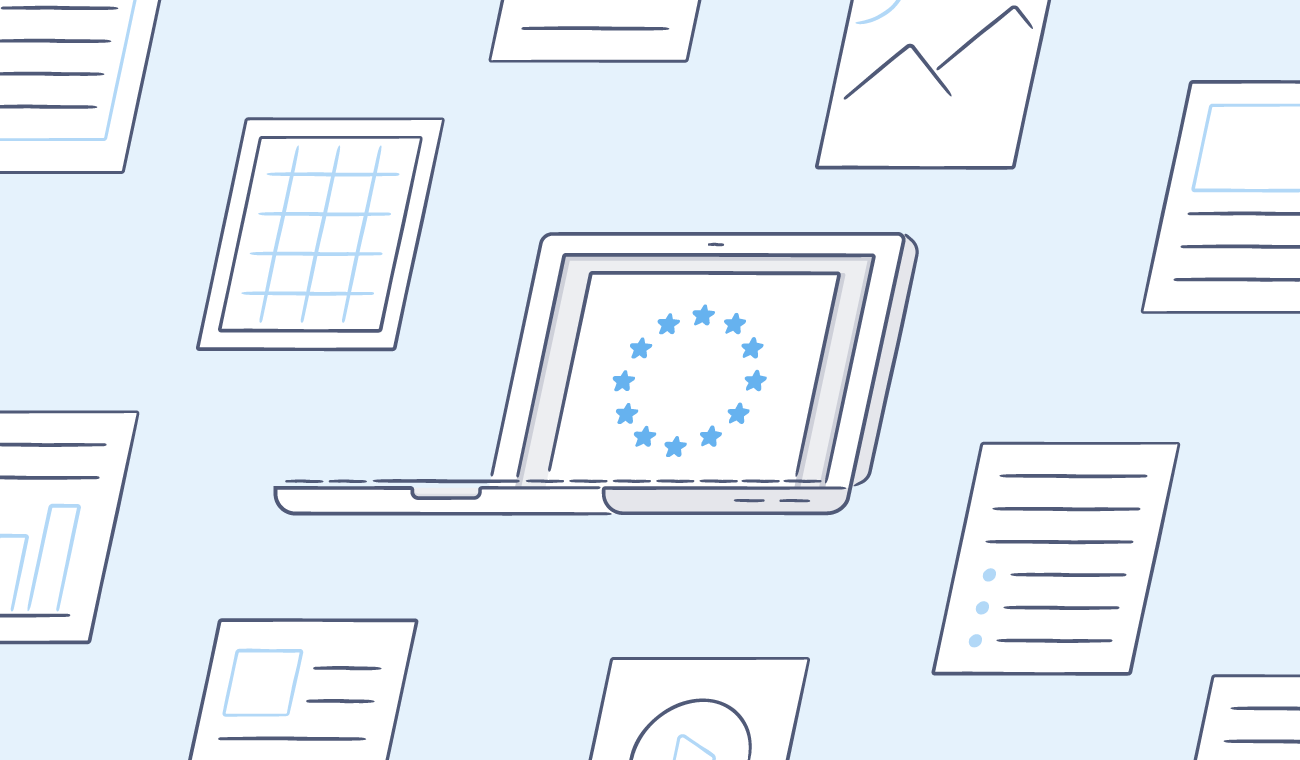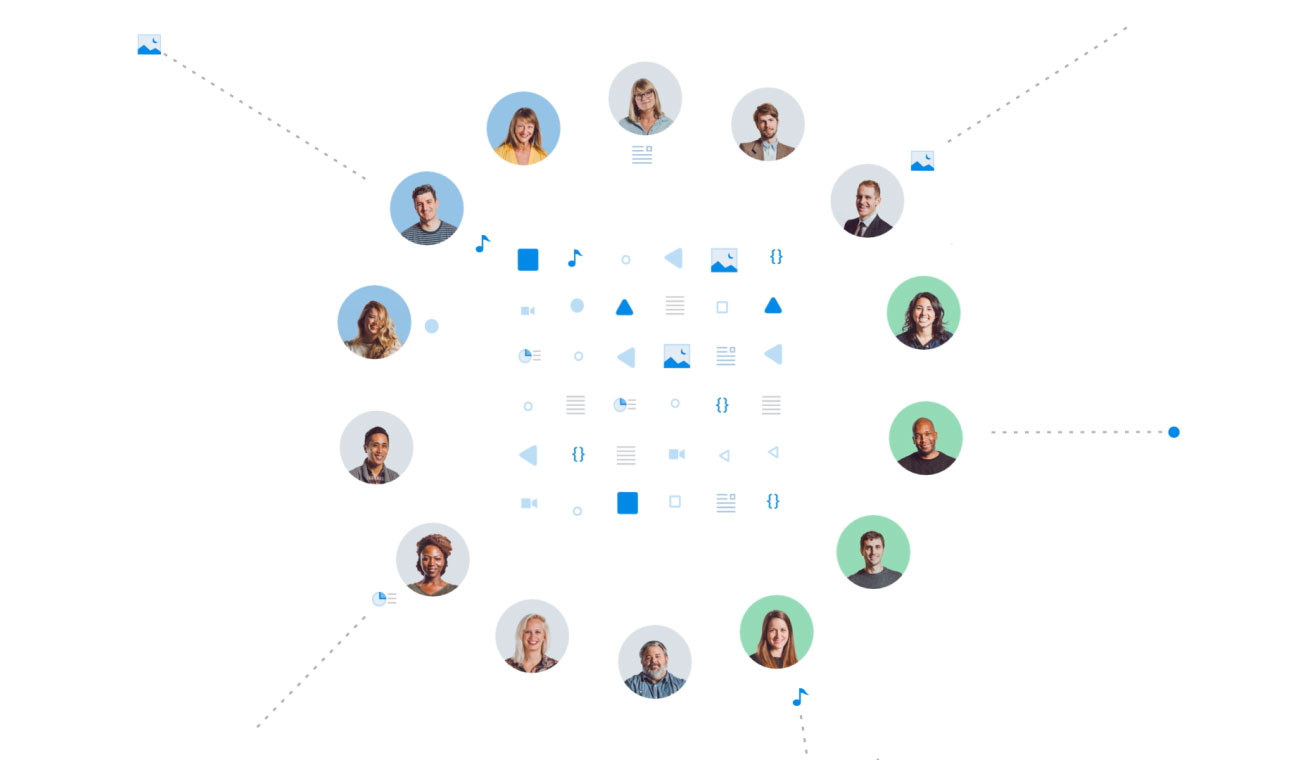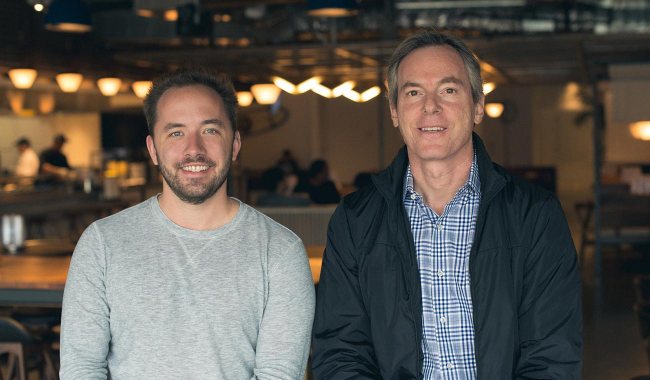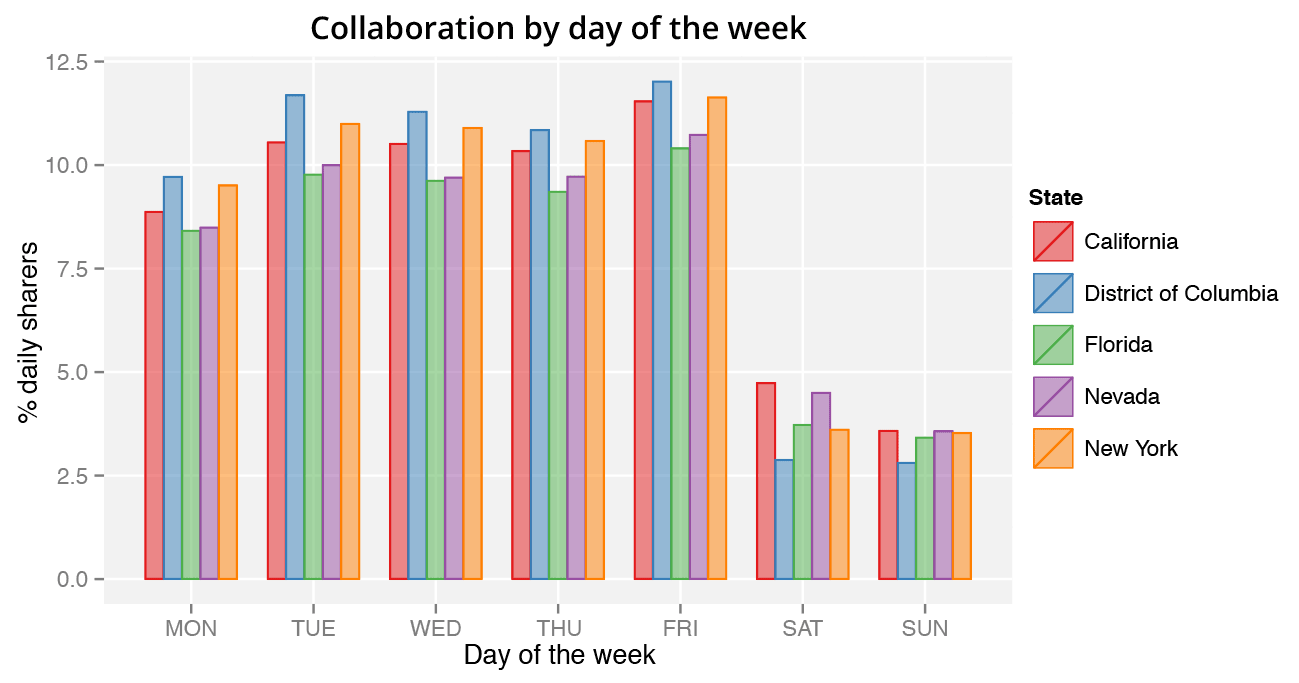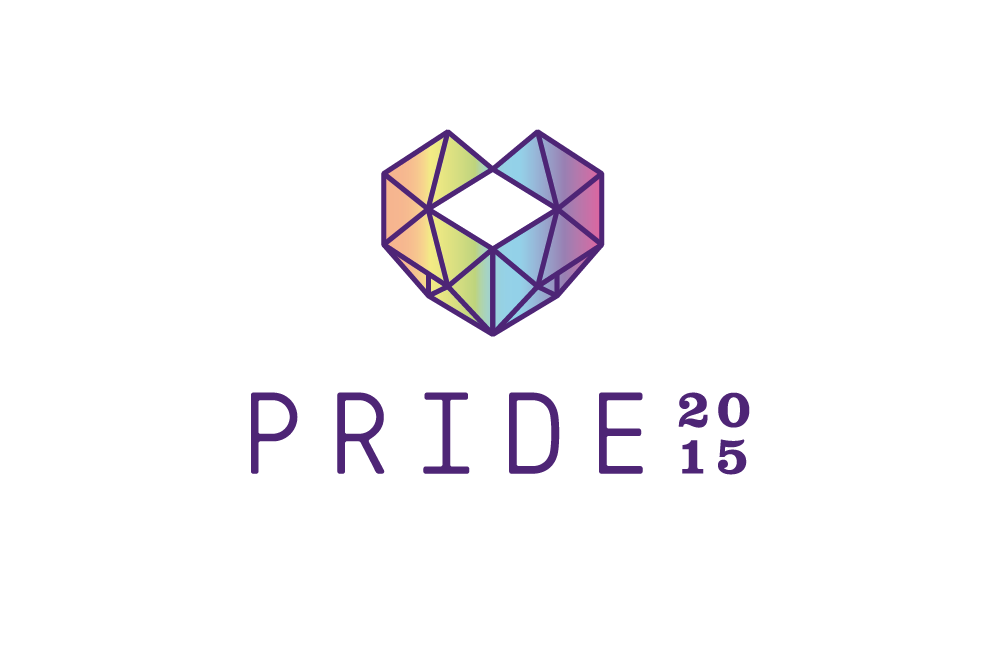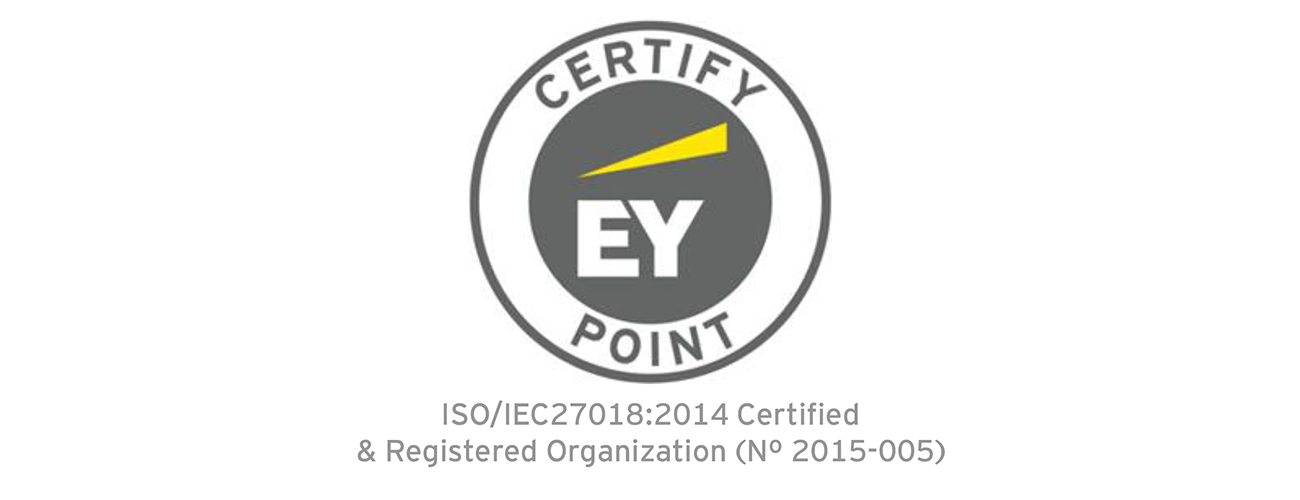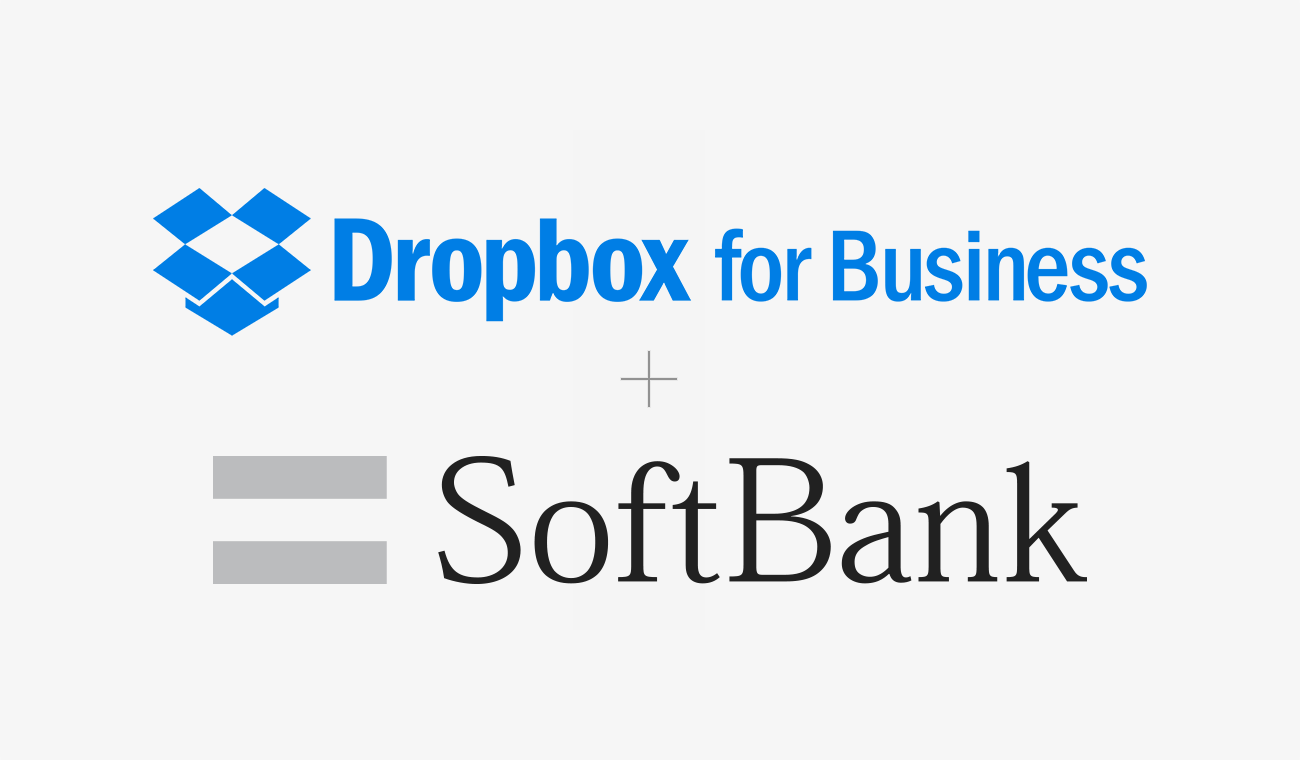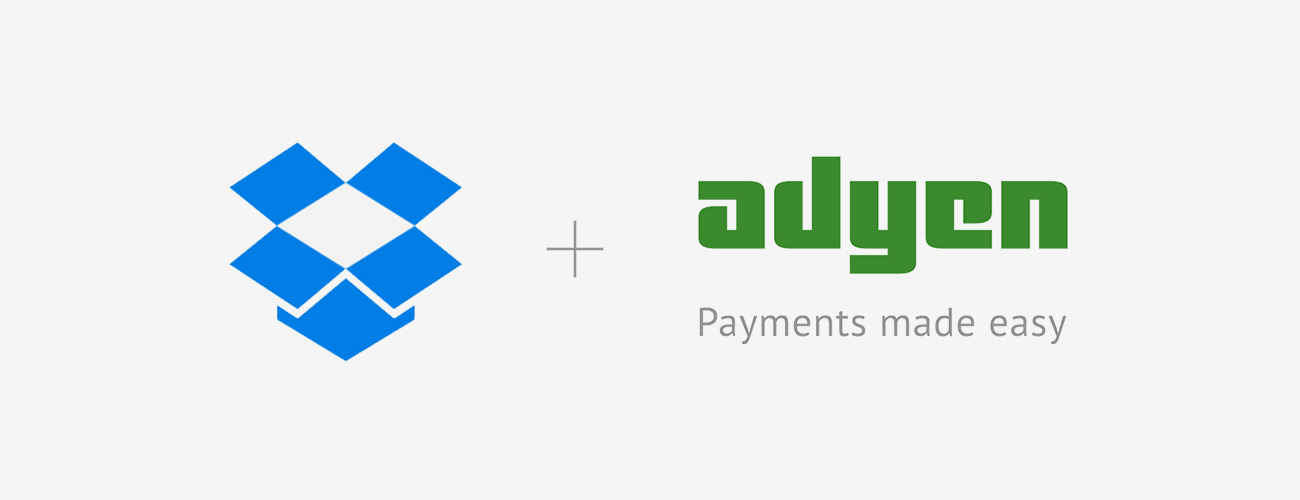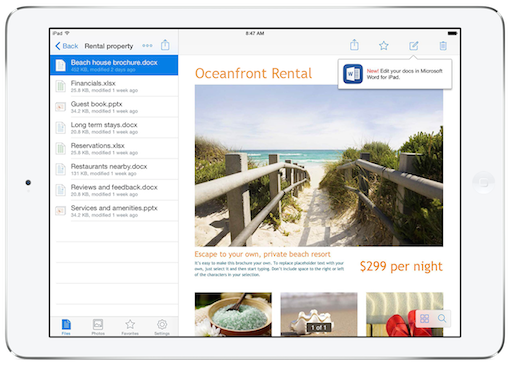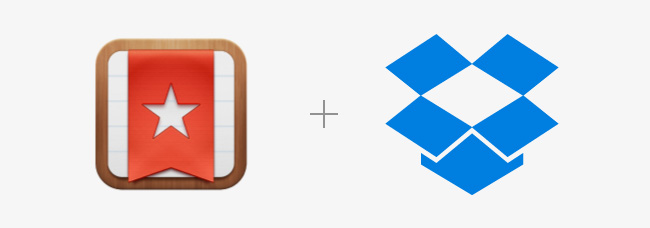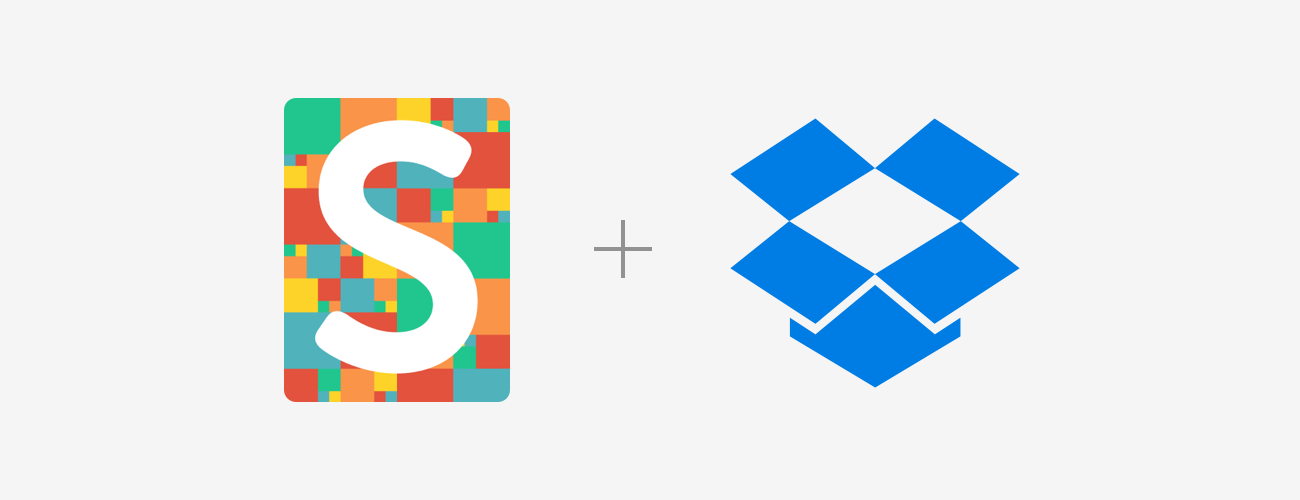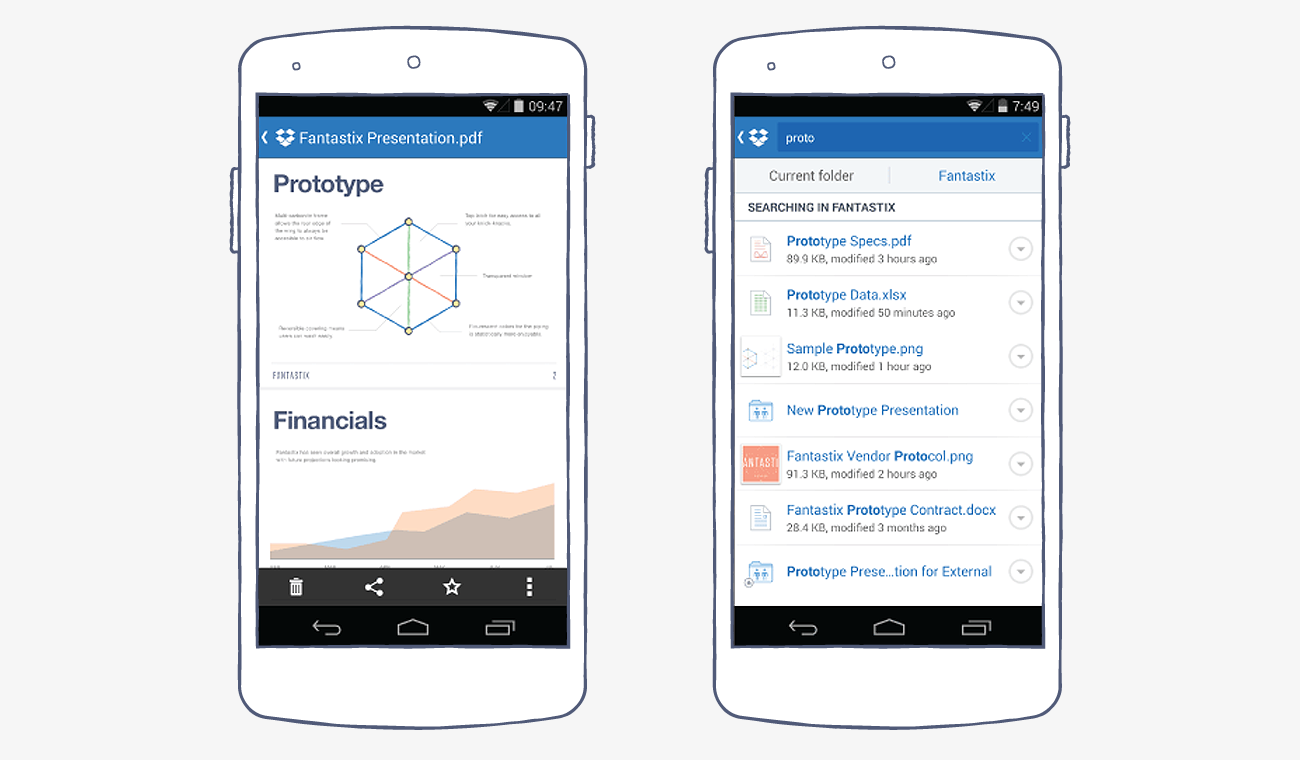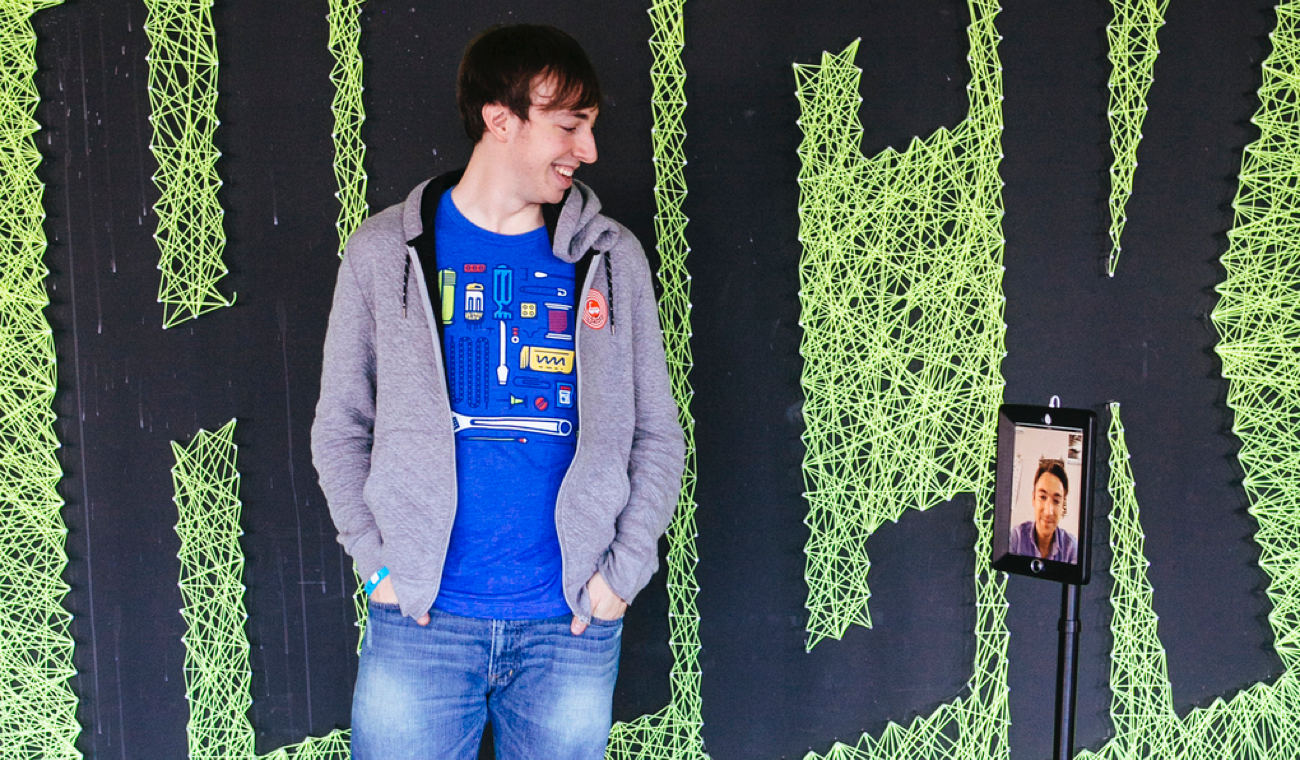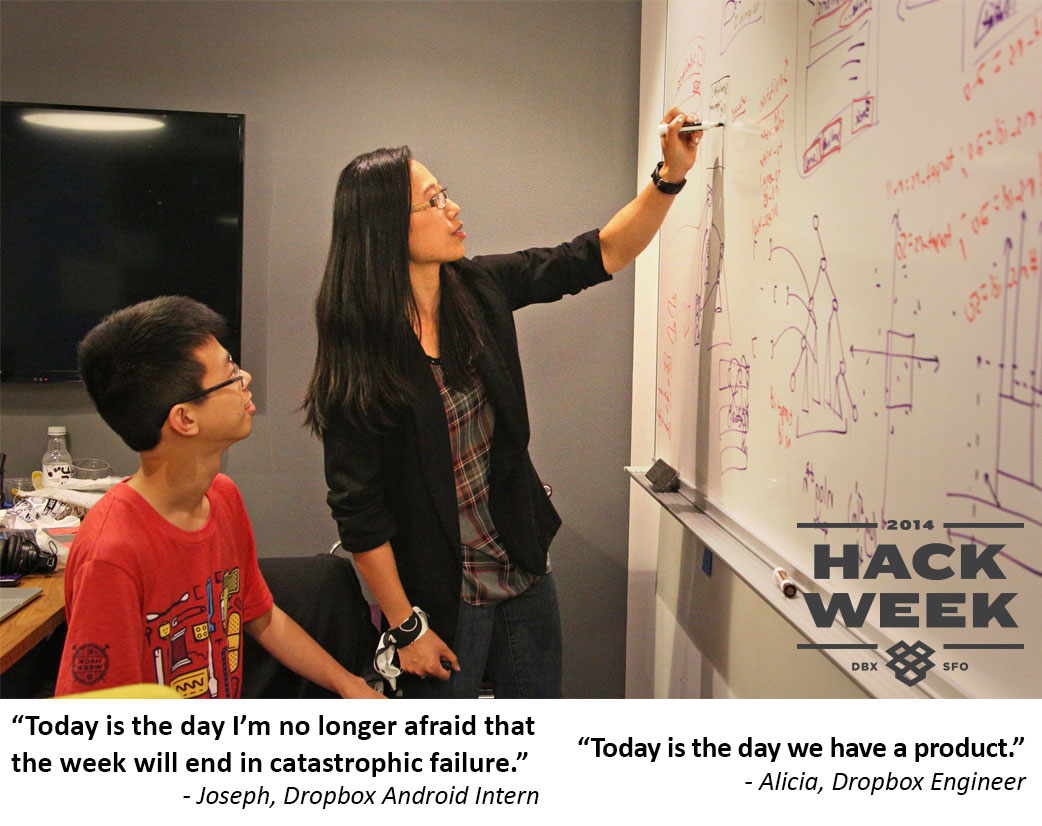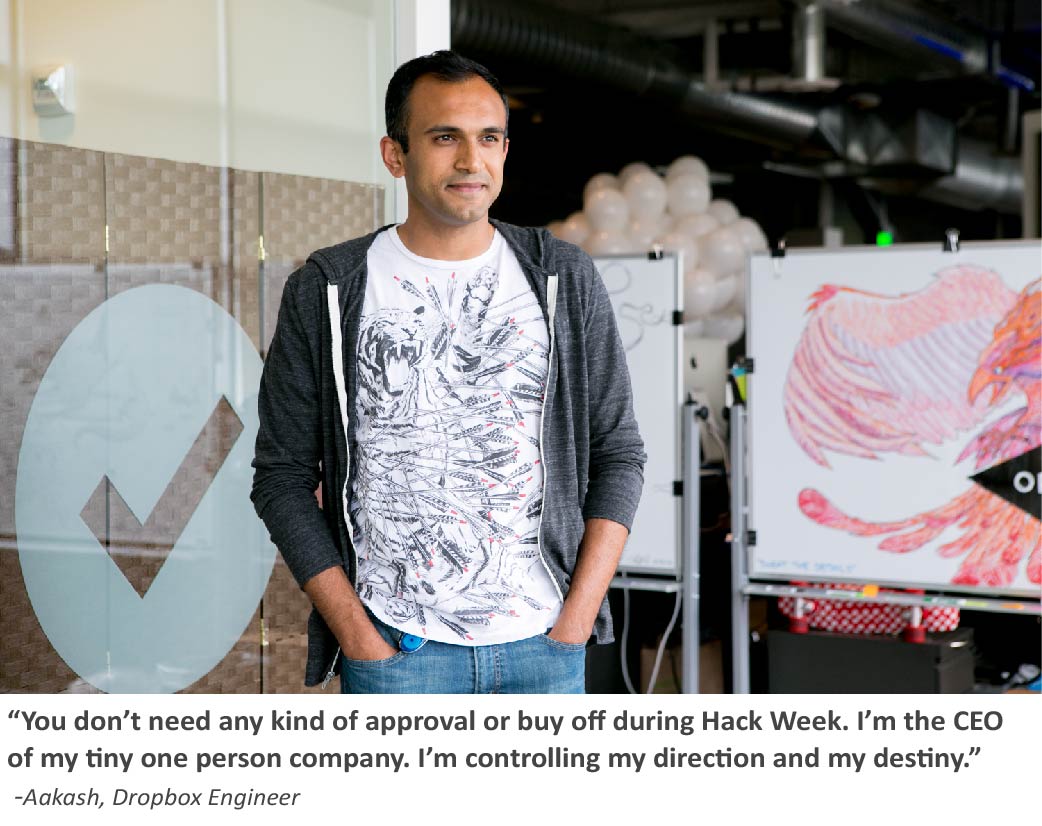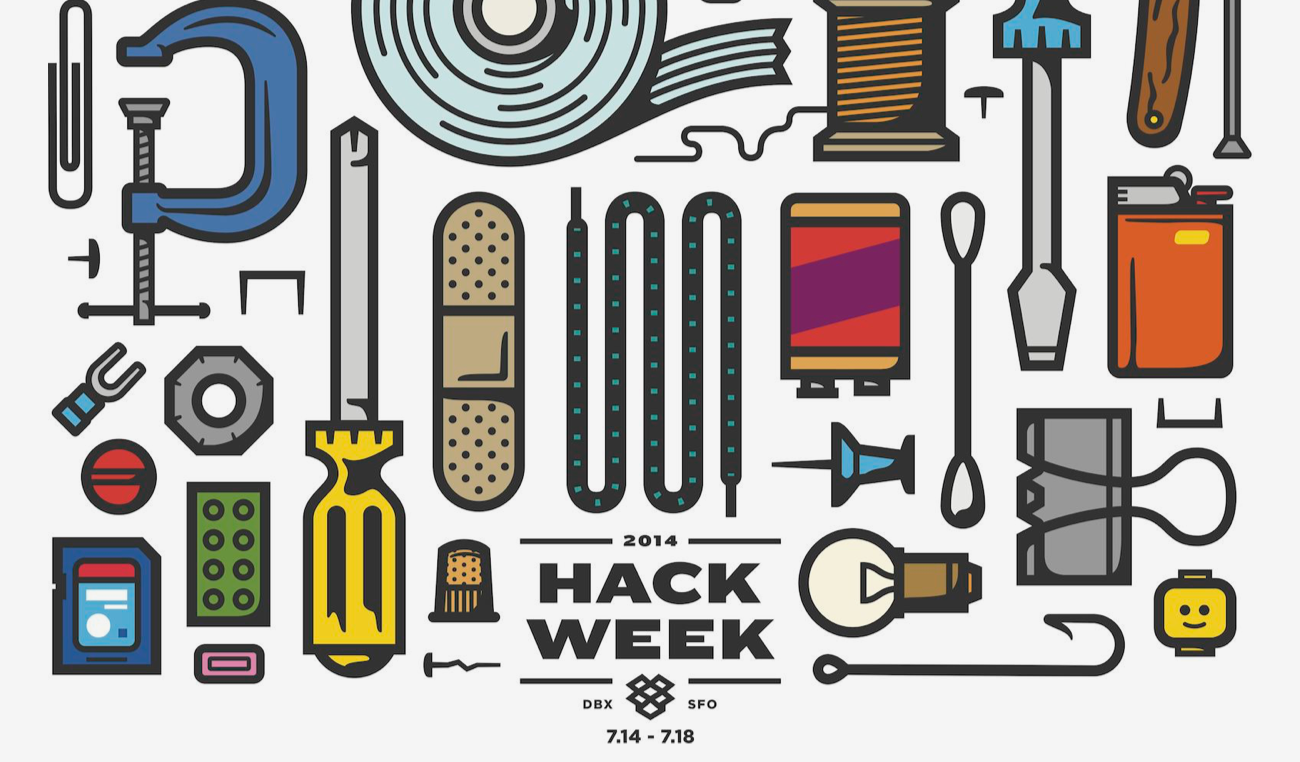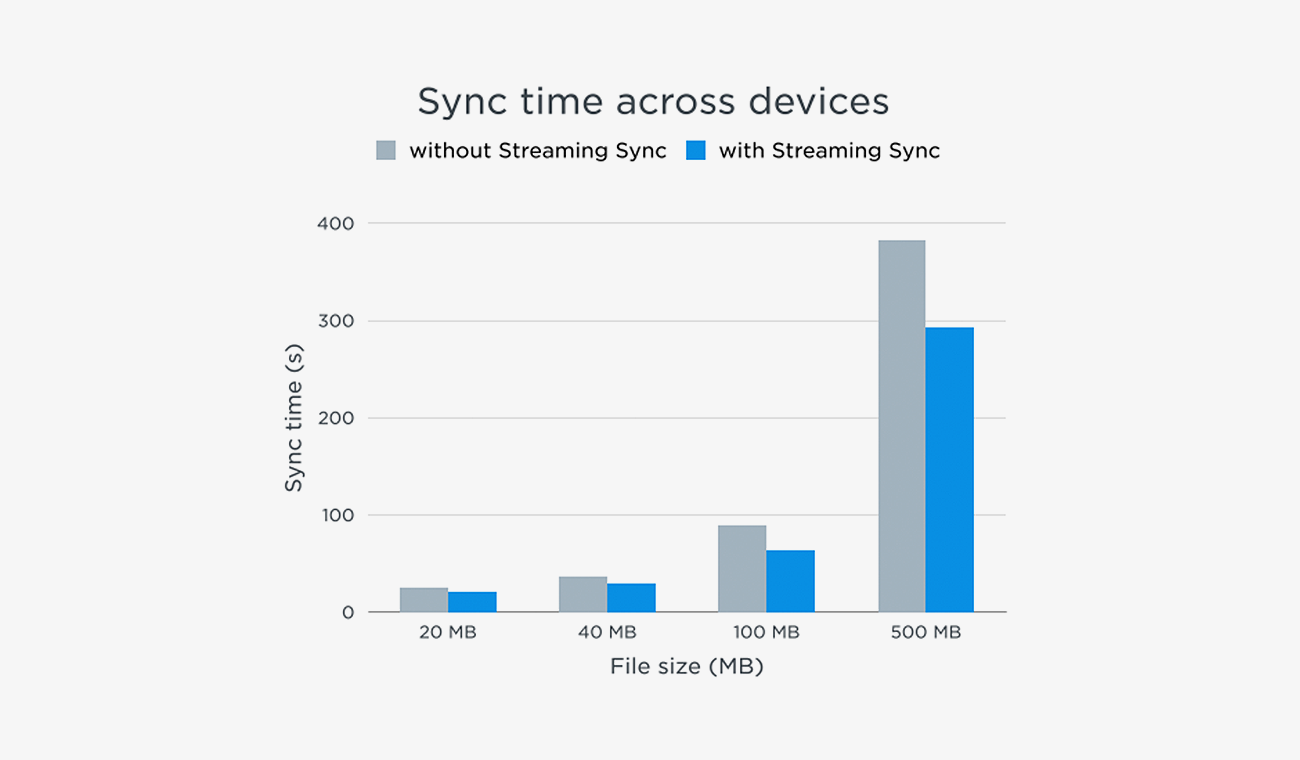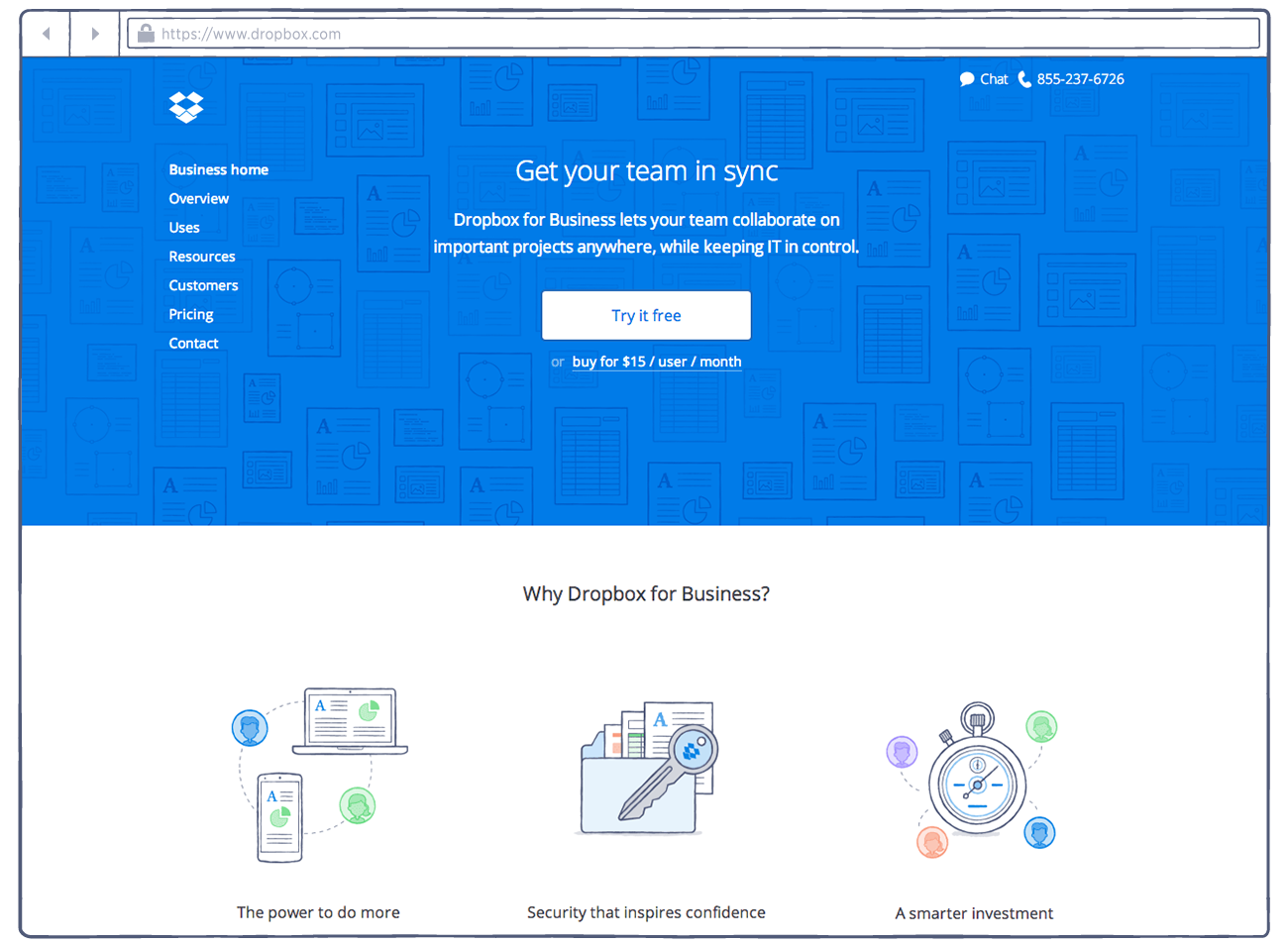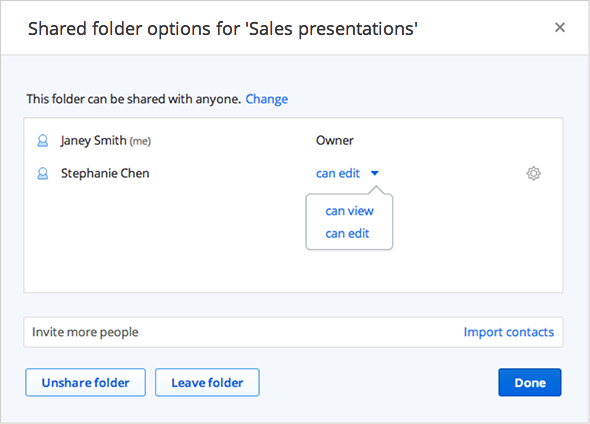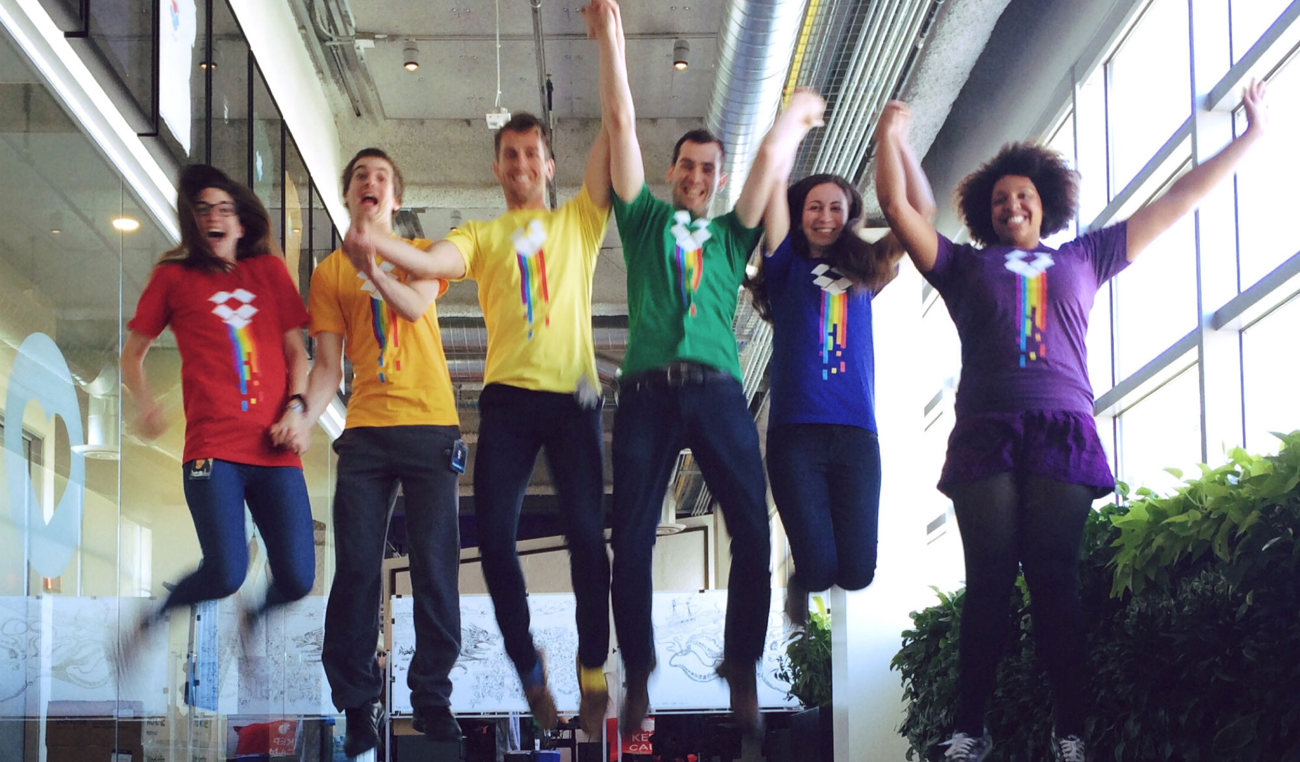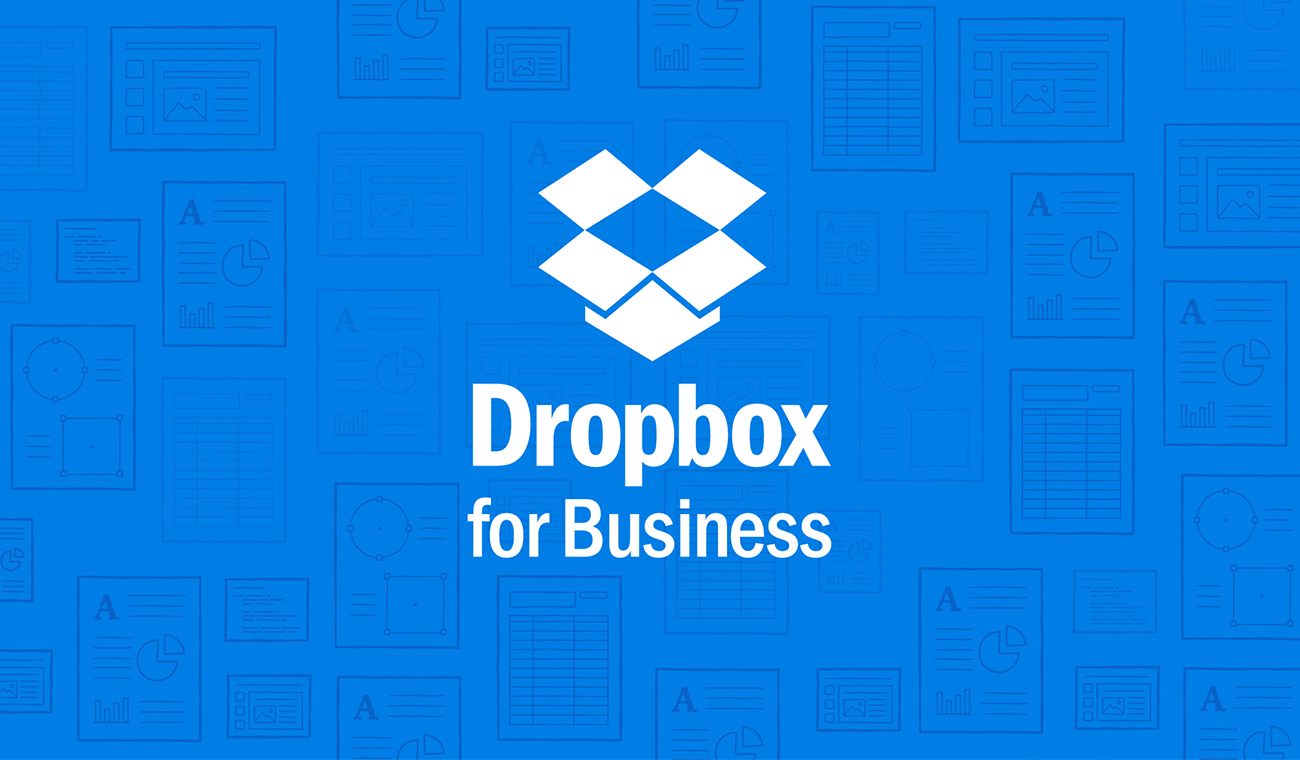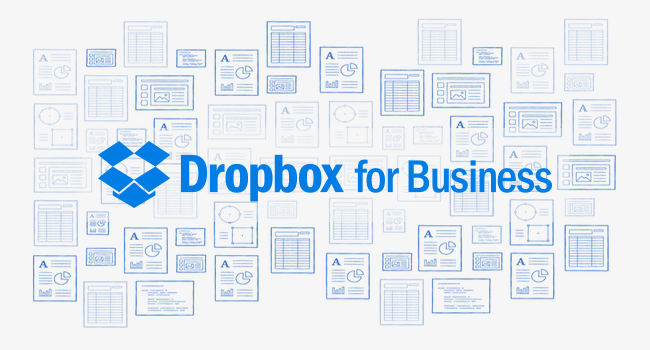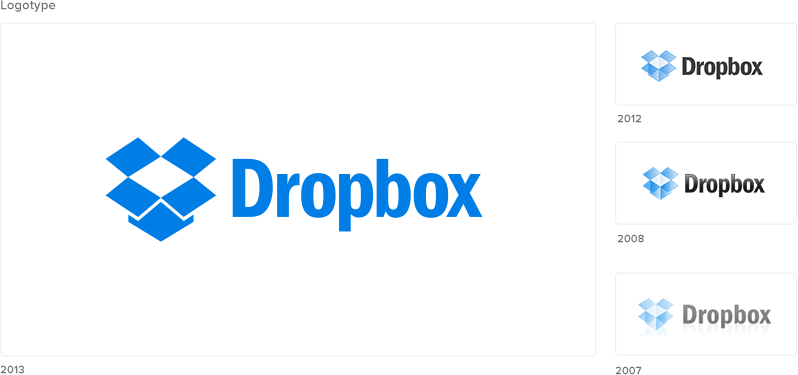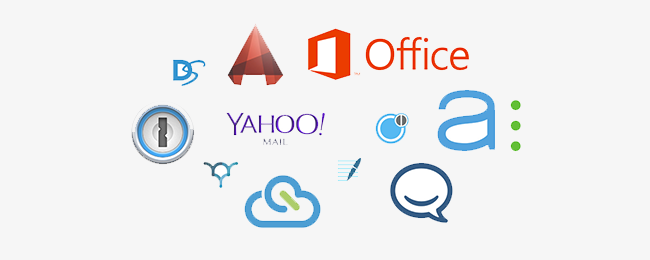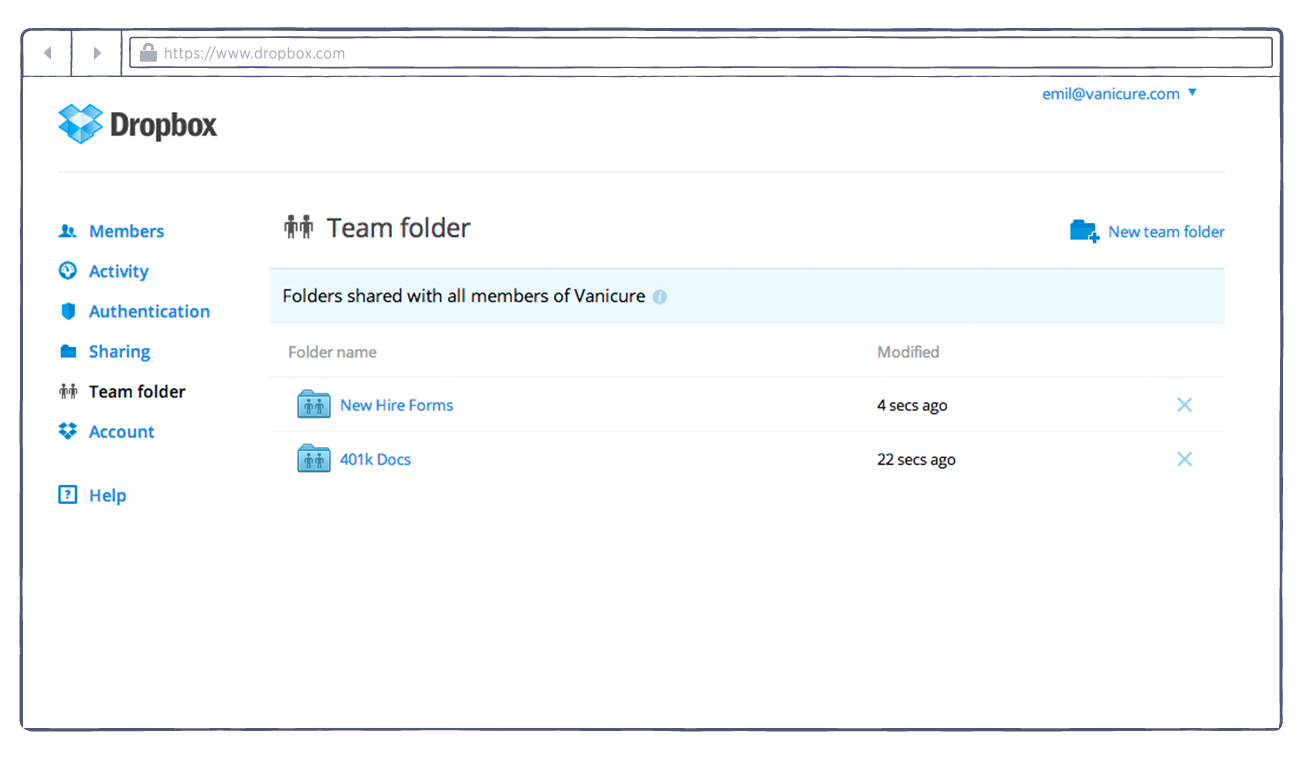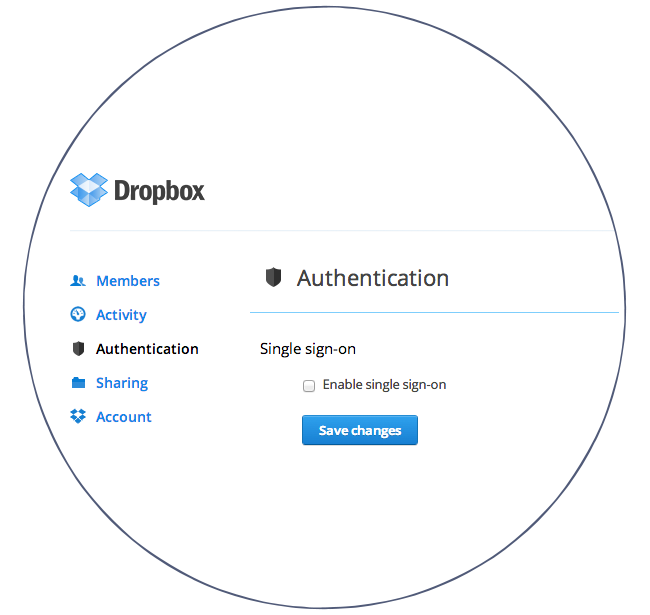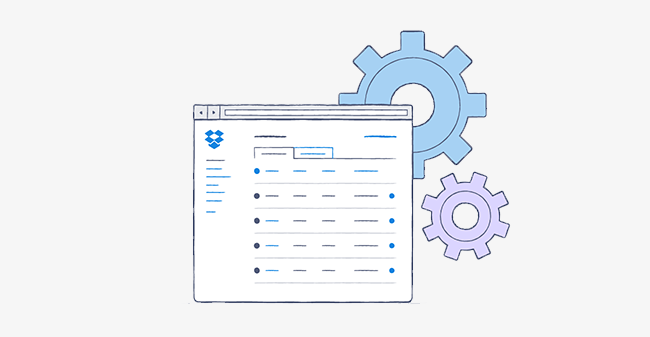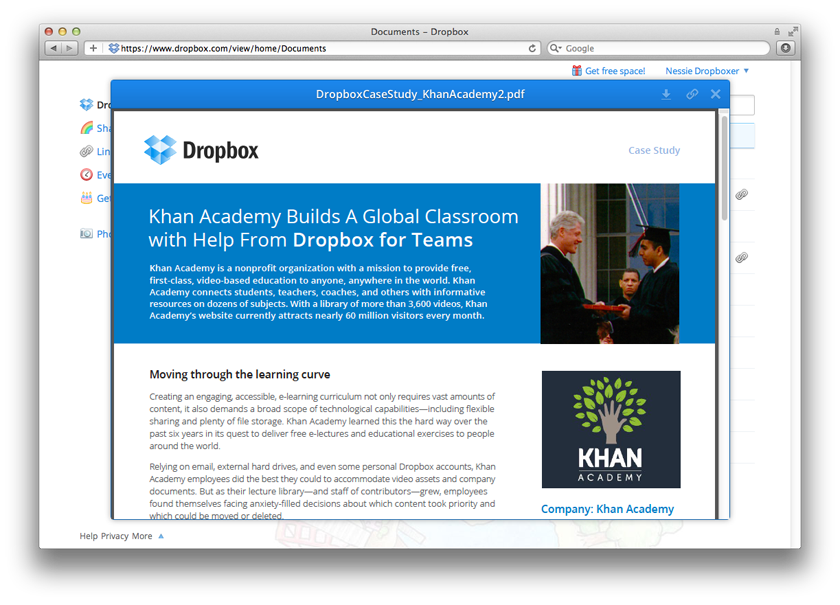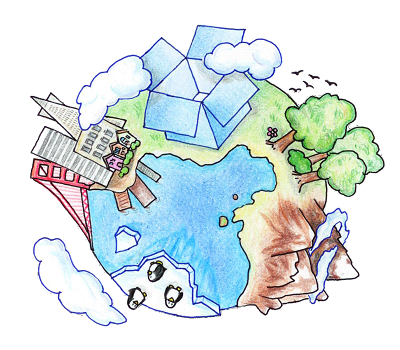
What we've learned from our first-ever Life in Virtual First survey
Published on February 22, 2023
Two years ago when we launched Virtual First—a primarily remote work experience—we made a commitment to maintain a growth mindset and share our learnings as we go. In that spirit, we conducted a survey of all Dropbox employees last summer, where we asked them about their experience in Virtual First and what else they needed to be successful. Through this “Life in Virtual First” survey, we also learned about Dropbox employees’ work behaviors, styles, and practices in this new way of working. We’re thrilled to share the results in the hopes that the insights gathered may provide additional guidance to individuals and companies looking to continue to optimize their hybrid or remote work experience.
Nearly all of our employees are able to work effectively from home
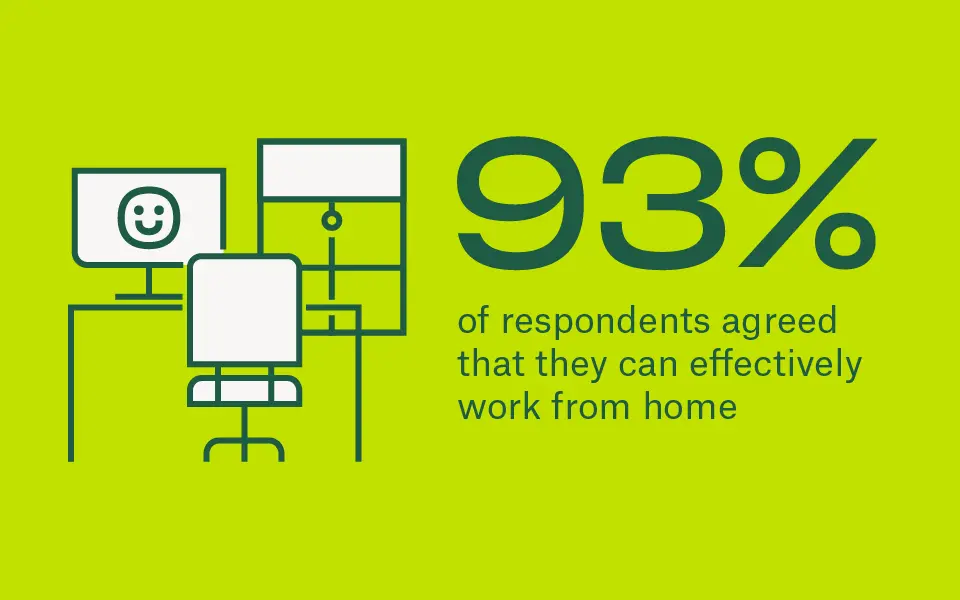
This is a huge win for Virtual First. Our employees praised the increase in focus time and flexibility. Our Virtual First Toolkit has helped them thrive in a distributed work environment by providing practical, virtual-friendly exercises, from setting better goals to improving team well-being.
While we’ve built a strong foundation, we also found that 20% of respondents wanted more guidance on their WFH setup and general Virtual First tips.
The first common theme that came up was more guidance on WFH setups. Here’s what one employee said about what they would like to see more of:
“Frequent updates/broadcasts about success stories of colleagues doing great work in Virtual First, featuring their methods and hacks, equipment, tools, or further reading. That way we can stay in tune with new and different ways to optimize how we’re working.”
A second common theme was a request for more ergonomics support. Here’s what one employee suggested:
“Perhaps a curated online store or list of links for home office equipment/furniture and technology…Or the option to set up 1:1 time with an expert who can help you set up all your tech correctly.”
The feedback around the need for additional guidance in Virtual First tells us that employees are looking for more “see and replicate” moments that come with a traditional office setting. For example, seeing a hyper-organized or hyper-focused co-worker across from you and feeling inspired to recreate it in your own workspace. This feedback also demonstrates the desire for asynchronous guidance, indicating that employees have adopted an async-by-default mindset and are open to learning new ways of working.
As a result of this feedback, we’ve implemented a new resource for ergonomic support. Employees can now meet with design experts to learn how to optimize their home work spaces. To accommodate those who prefer an asynchronous approach, we’ve provided curated vignettes for design inspiration.
For those hoping to improve upon their ability to work from home effectively, here are some best practices about how to create a healthy WFH experience.
Work behaviors and preferences have changed in this new way of working
Within our survey, we also wanted to understand more about work behaviors, preferences, and tasks in this new way of working—examining our rhythm between in-person and remote work, the types of work activities that are best done in-person vs remote, differences in work preferences and behaviors based on career stage, and how collaboration has changed.
A critical component of our Virtual First model is maintaining in-person connection and collaboration, with teams meeting once per quarter in-person. After one year of gathering in-person, our survey revealed the quarterly in-person cadence is working out well for Dropbox. This cadence is most preferred among our employees, with folks evenly split on either side between wanting more or less frequent in-person gatherings. We’ll continue to evaluate this cadence and more flexibility around in-person gatherings as we evolve our model.

We also knew that teams need to be intentional about the types of work activities they are doing when they do gather in-person, to ensure a high-impact, special experience. Our survey also revealed that certain activities were better served in-person vs remotely, and the way our teams have planned their in-person gatherings reflect this. We found that employees prefer to brainstorm and strategize in-person, while many other tasks are best performed while working remotely: creating, reviewing, reading, writing, and coding.
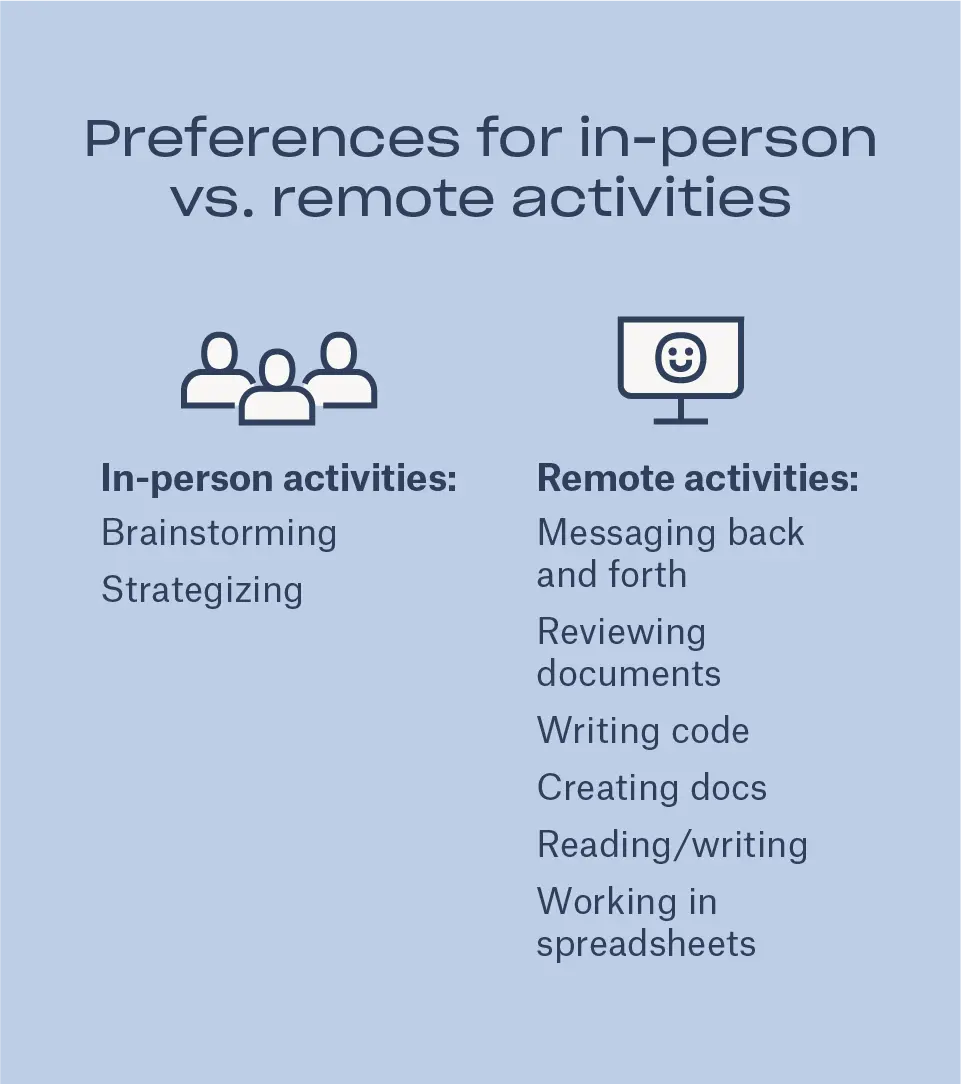
We did notice some differences in work preferences and behaviors based on career stage and role type. For example, despite a proliferation of media stories about digital nomads at remote and remote-first companies, at Dropbox we’re finding that only 10% of our employees are interested in nomadic work—and that those employees are earlier in their careers.
We also found that individual contributors were more likely to report feeling most productive doing focused work, compared to managers, who were more likely to report feeling most productive when interacting. This is a logical distinction, given the more autonomous work of an individual contributor vs. a manager who is performing more collaboration and strategic work.
Indeed, managers spend more time messaging—our most prevalent form of collaboration—than individual contributors. Other, more “hands-on” forms of collaboration, such as meetings, are becoming less common in our new way of working, as our survey indicates that employees are successfully adopting async by default practices; in fact, most teams (outside of external or customer facing teams like Business Development and Sales) reported that meetings are the least frequent collaboration modality.
Our Virtual First Toolkit offers many resources on how to thrive in distributed work, from more effective collaboration methods to adopting an async by default mindset. You can also check out our Remotely Curious podcast for smart tips and relatable stories about the new working reality.
We’re still looking for more ways to create organic connections
Dropbox employees reported wanting more natural connections, which can certainly be challenging when there are fewer opportunities to run into each other in the office.
Here’s what some employees said about connection:
- “Connecting with colleagues is something we should continue working on. Currently there is no real comparison to quick chats that you normally would have in the office.”
- “It’s hard to build relationships with new people. It feels forced, requires being on camera, doesn't seem really effective.”
Diving deeper, we learned that Dropbox employees really value genuine connections as it helps requests and interactions not feel transactional. Small talk is essential in this respect, and interviewees acknowledged that it can create empathy and build trust. This creates a foundation from which an employee can assume positive intentions even in challenging situations. Ultimately, getting to know someone enables us to understand how to best communicate with them.
Virtual First was a bold move, announced before most companies had taken a strong position on post-pandemic remote work. We’re extremely encouraged by these findings, but we know there’s more work to be done. Moving forward, we’ll continue to improve our Virtual First model and we’ll be sure to share our learnings on this journey to designing a more enlightened way of working.
Though we're still learning how to best foster organic connections in Virtual First, we are excited to share some resources that some Dropbox teams have used to recreate water cooler moments when working virtually.


.png/_jcr_content/renditions/hero_square%20(1).webp)




.jpg/_jcr_content/renditions/1200x628%20(8).webp)


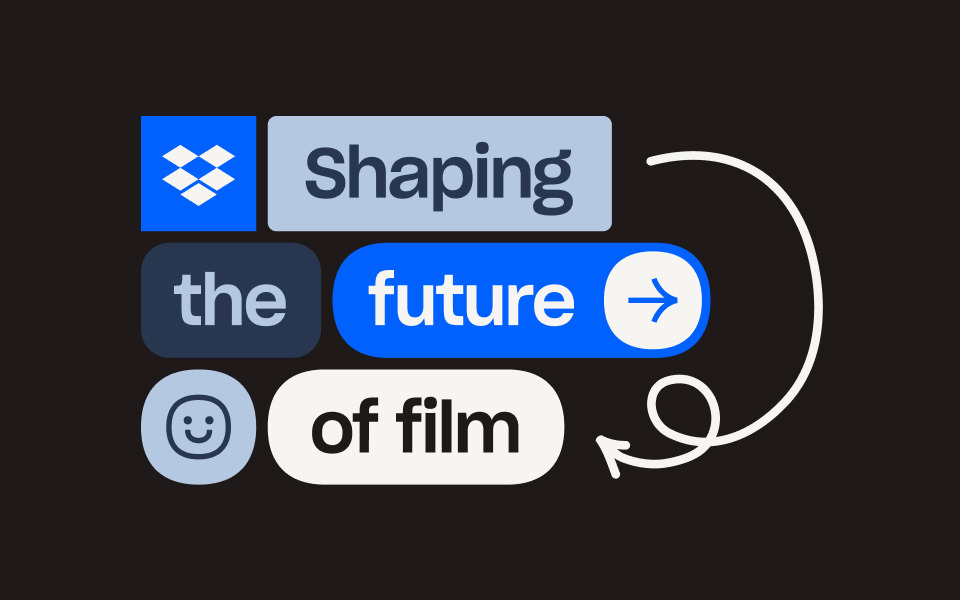



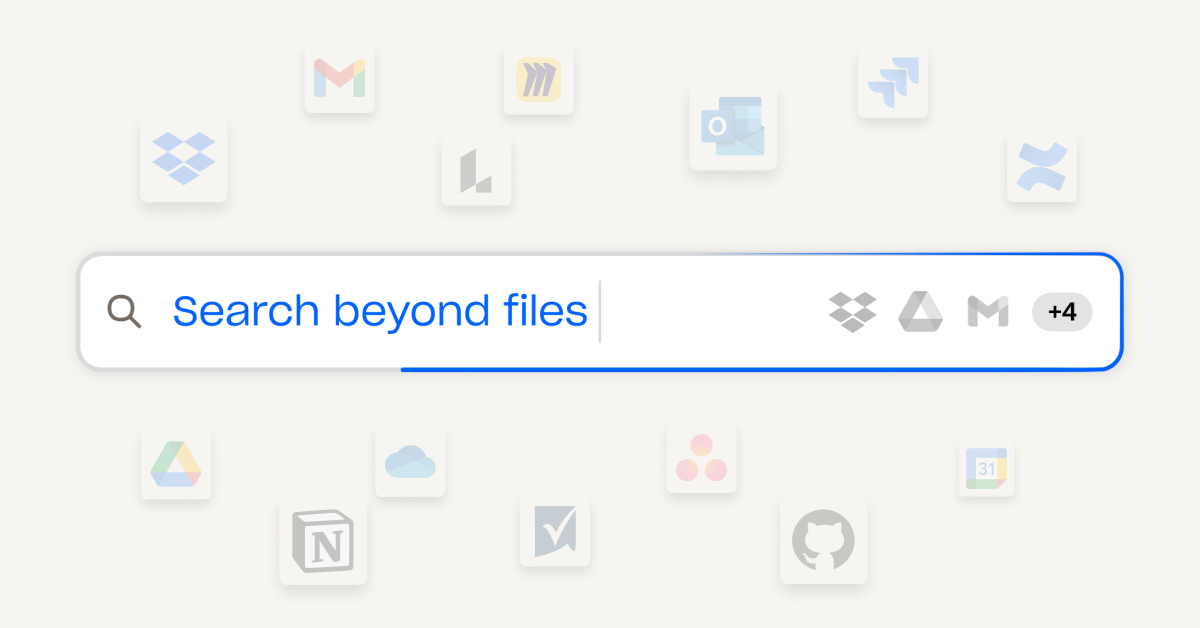



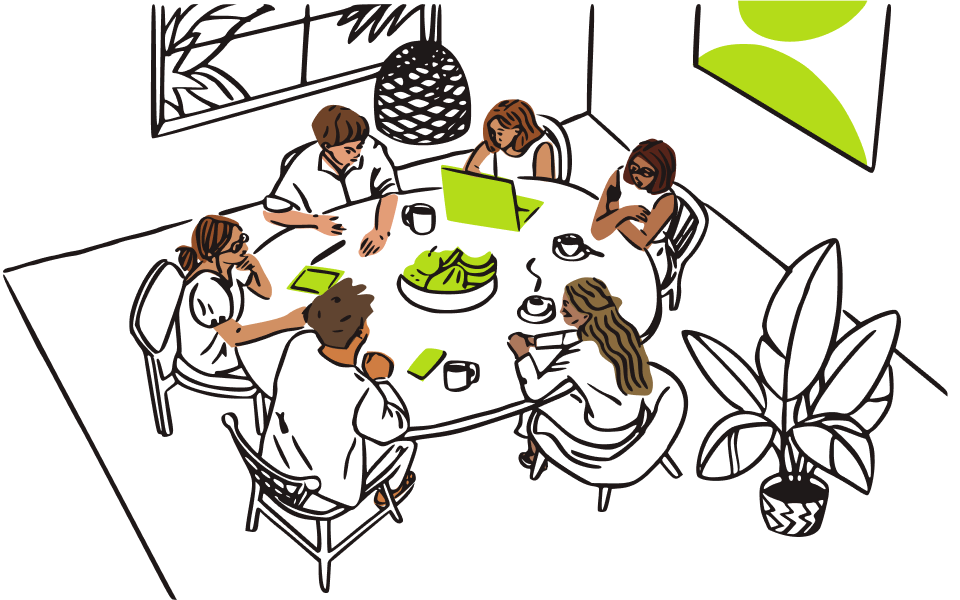
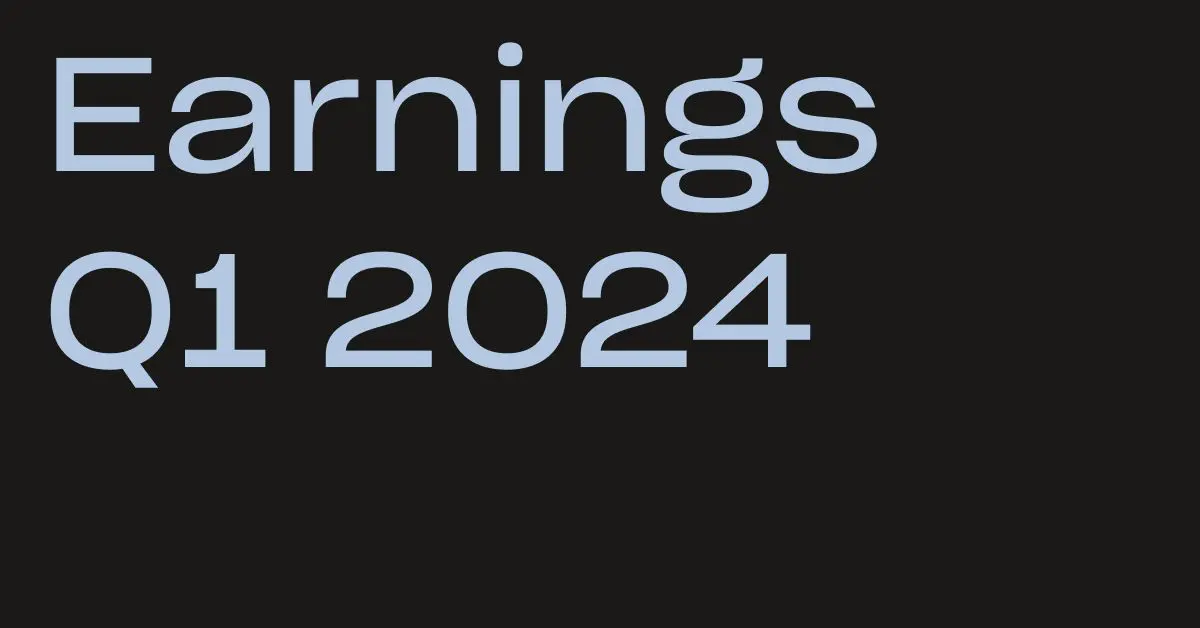
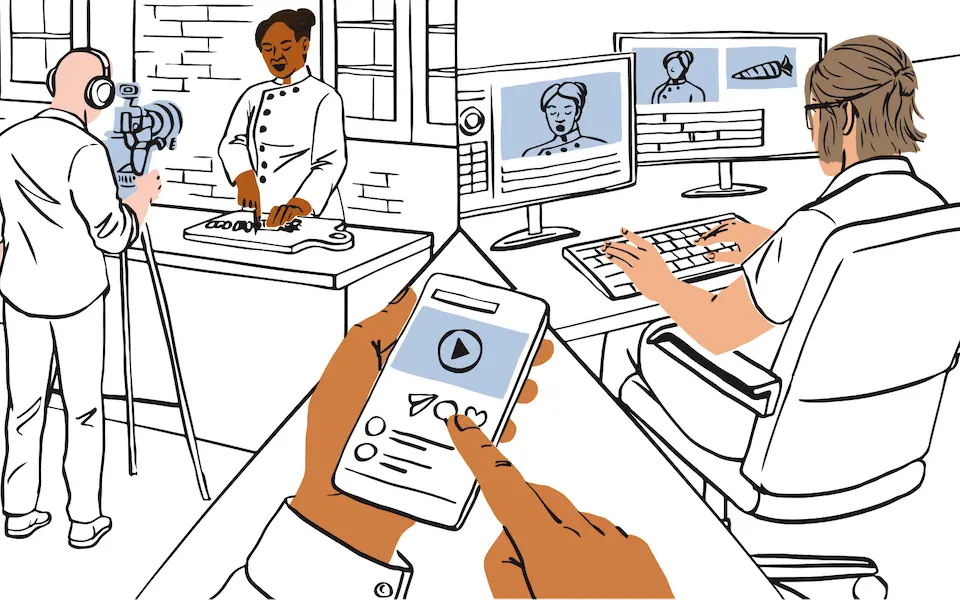

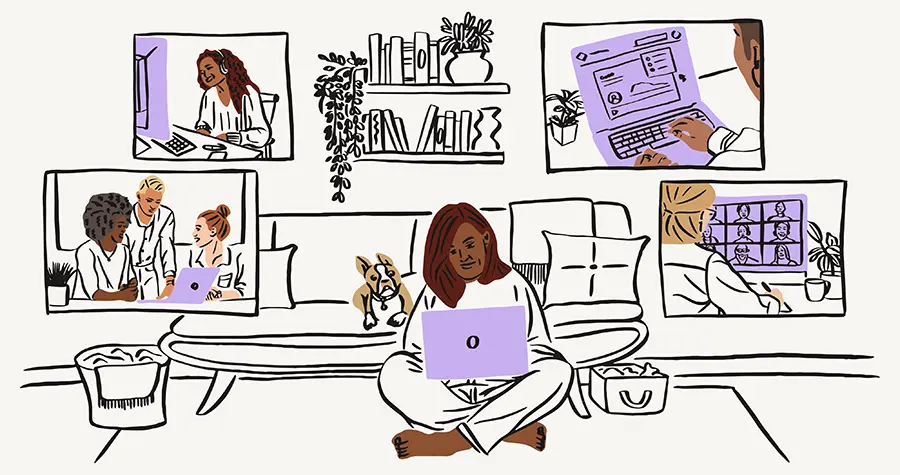


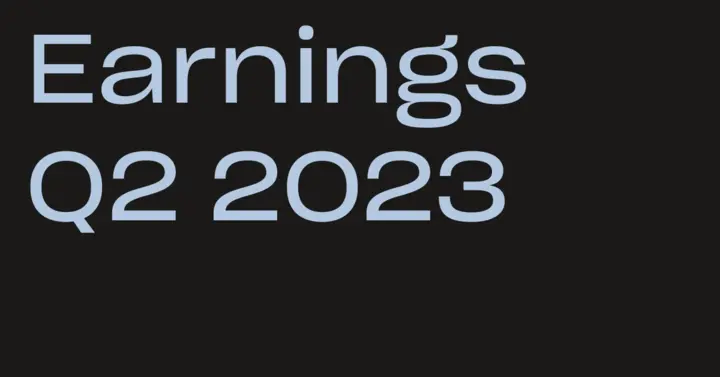
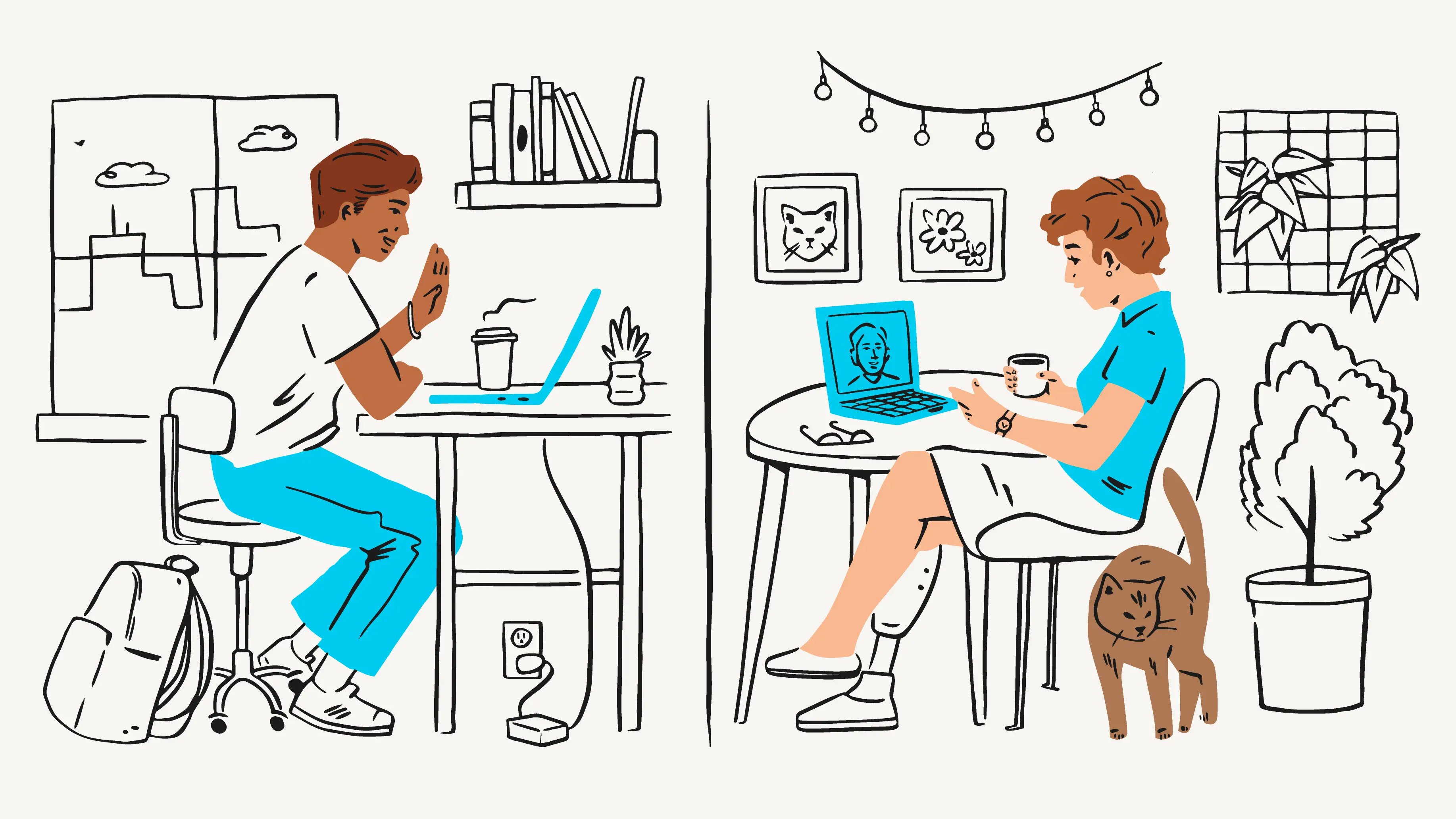
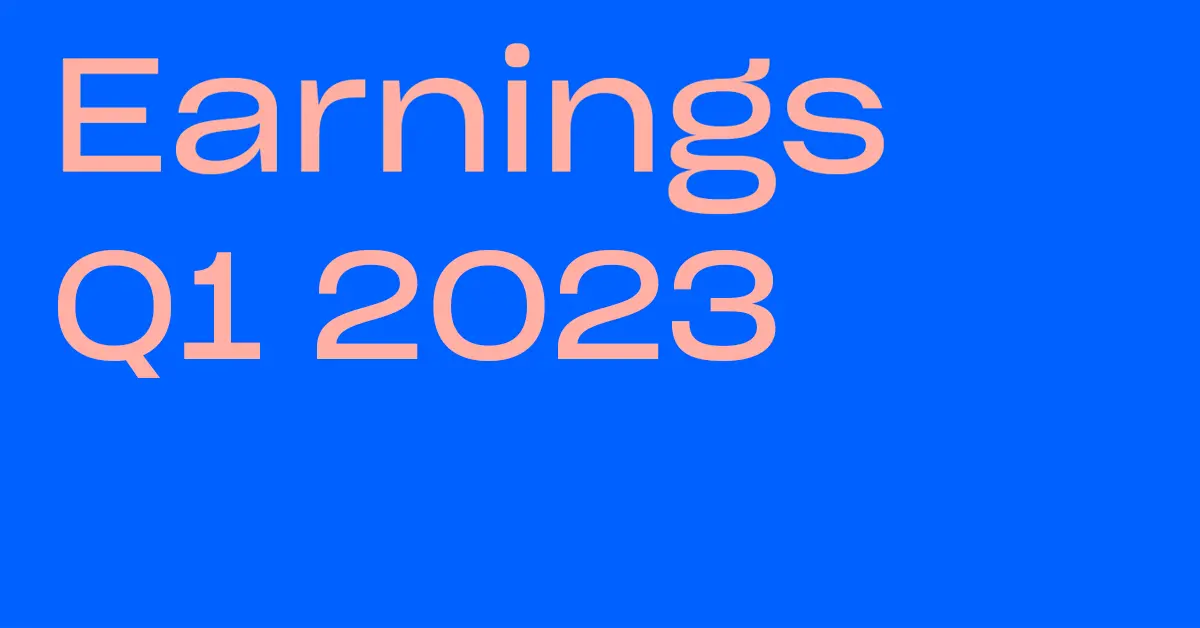

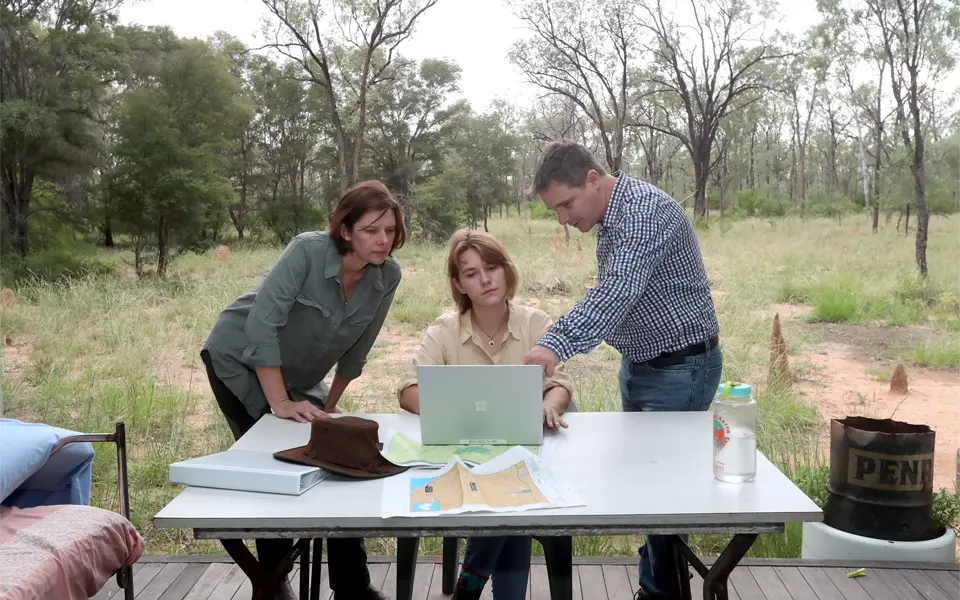

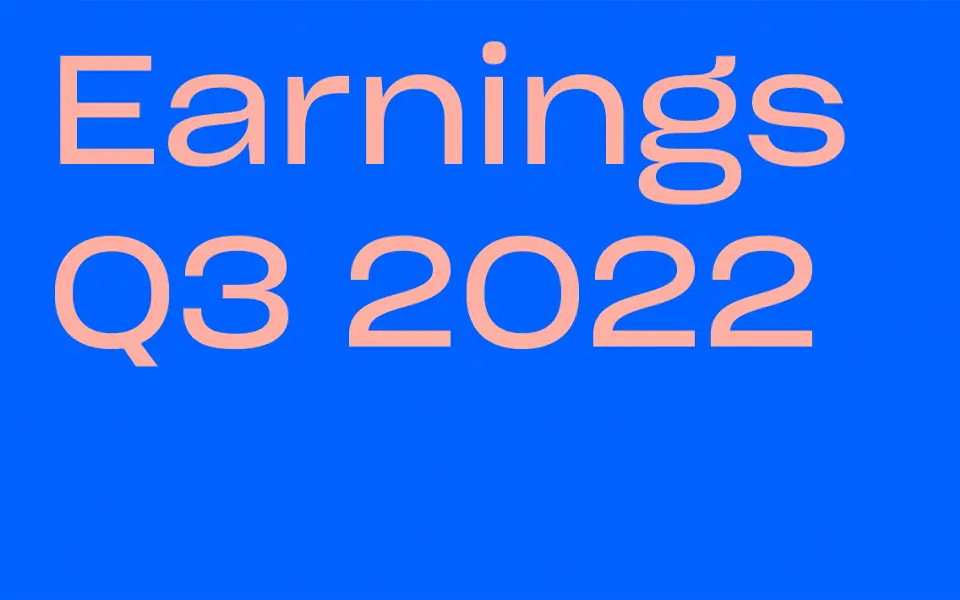


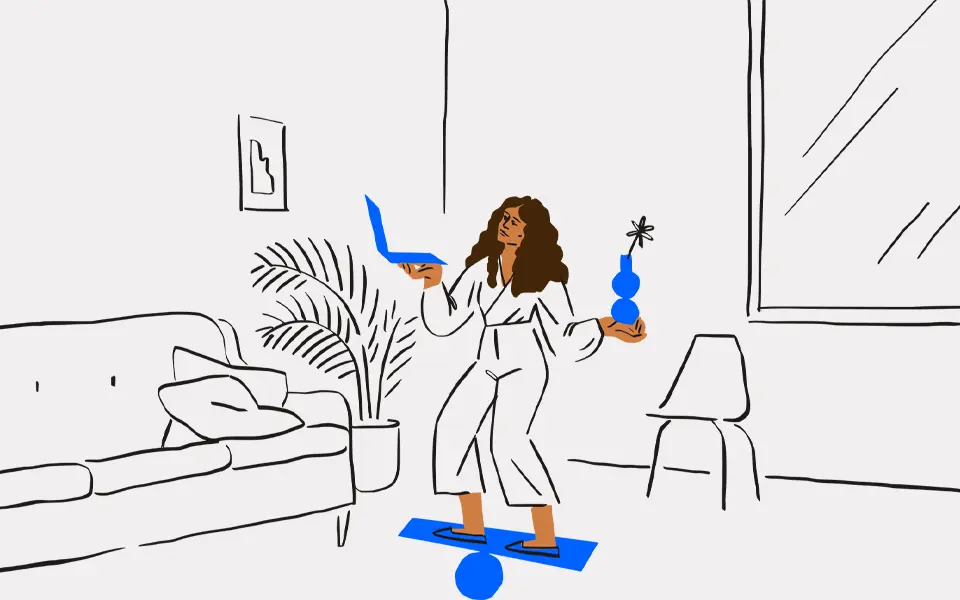



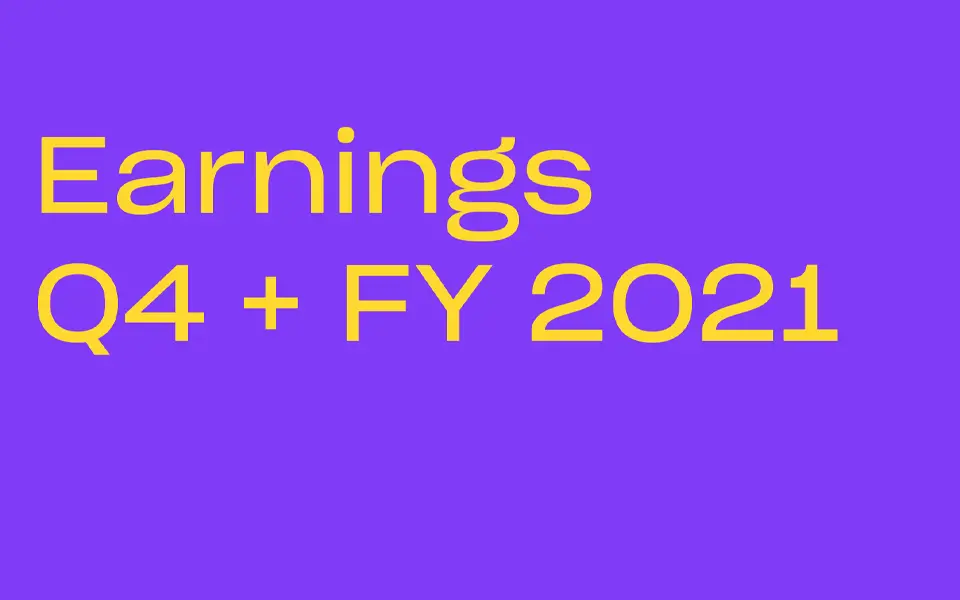
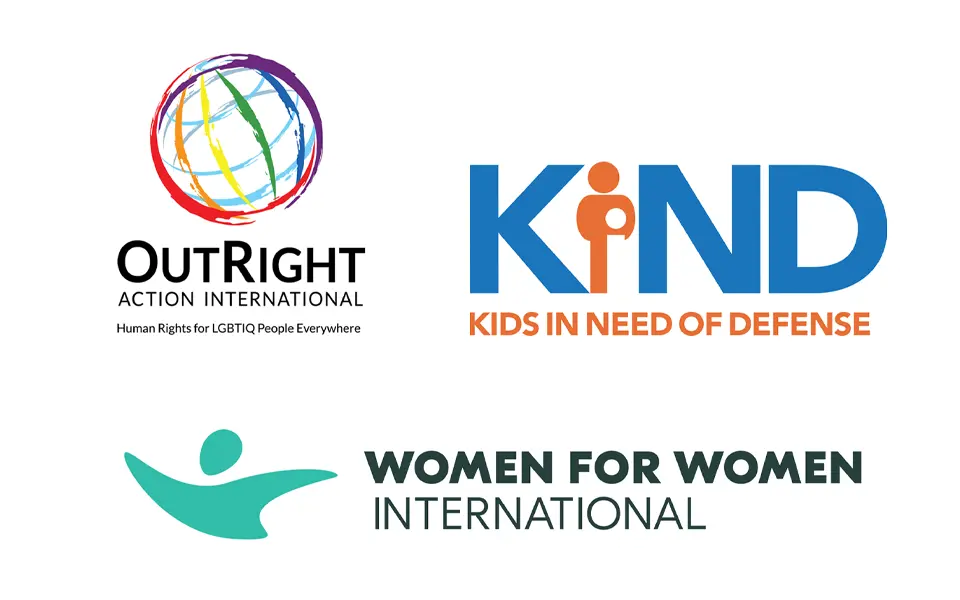
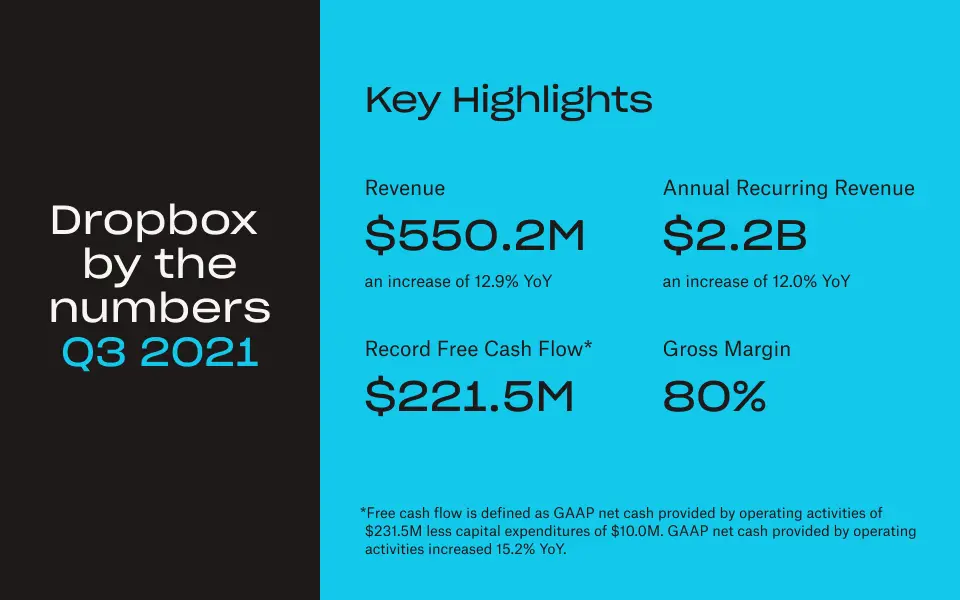

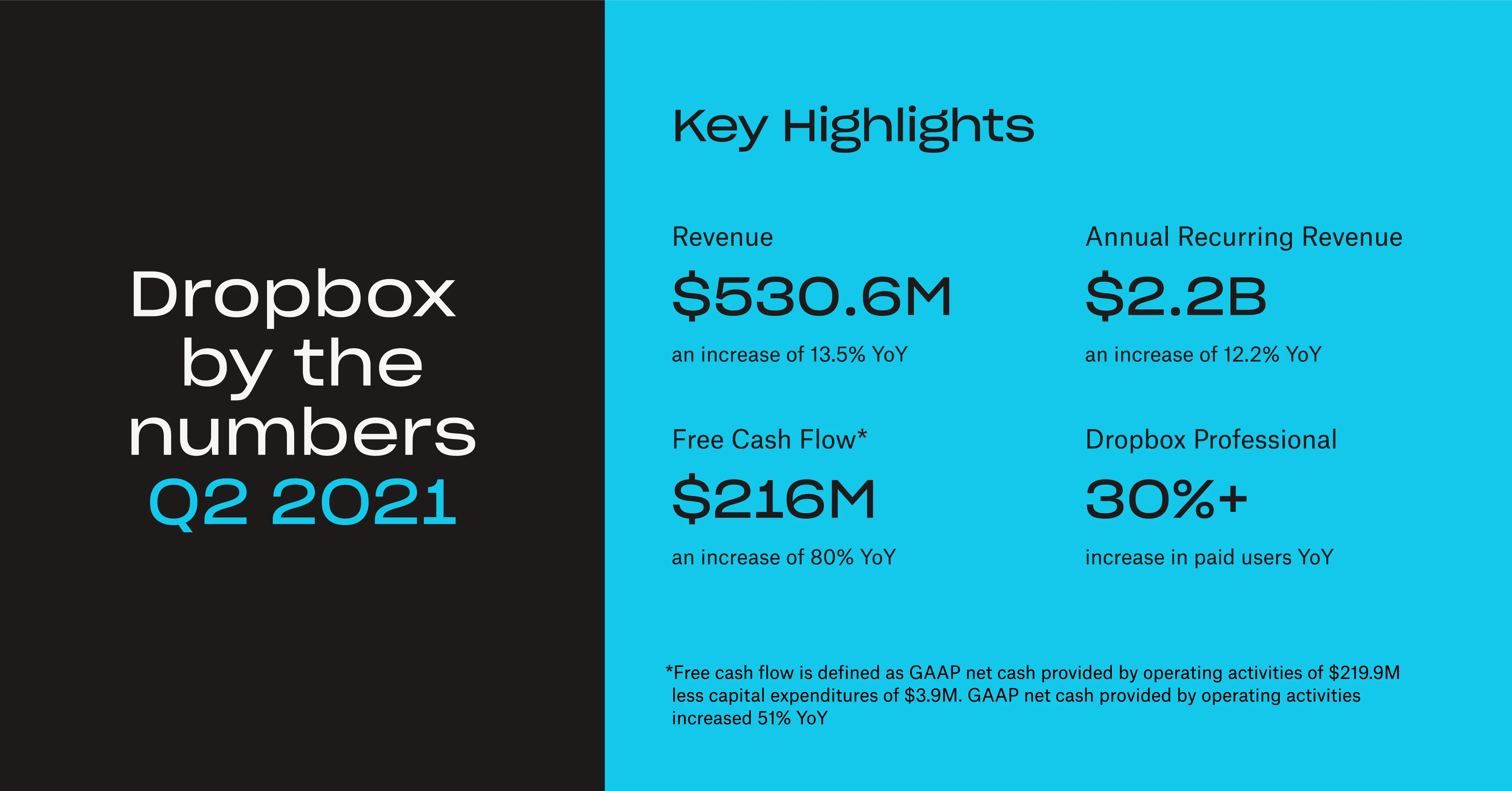


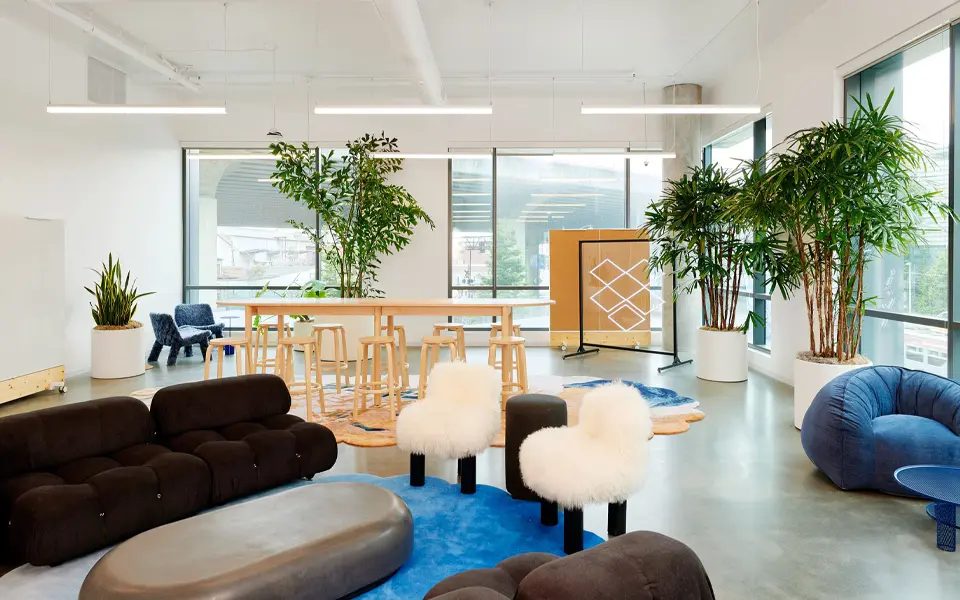


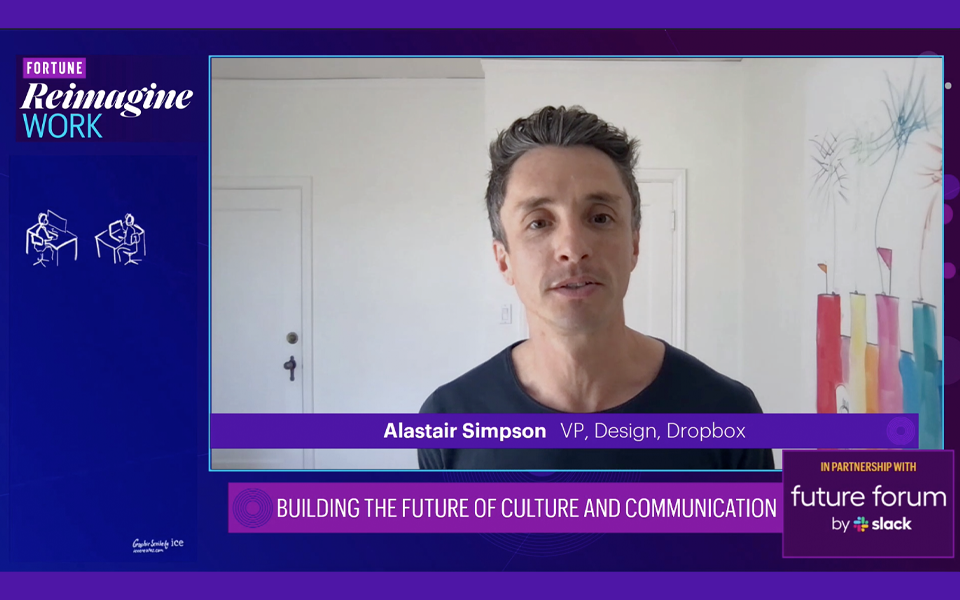
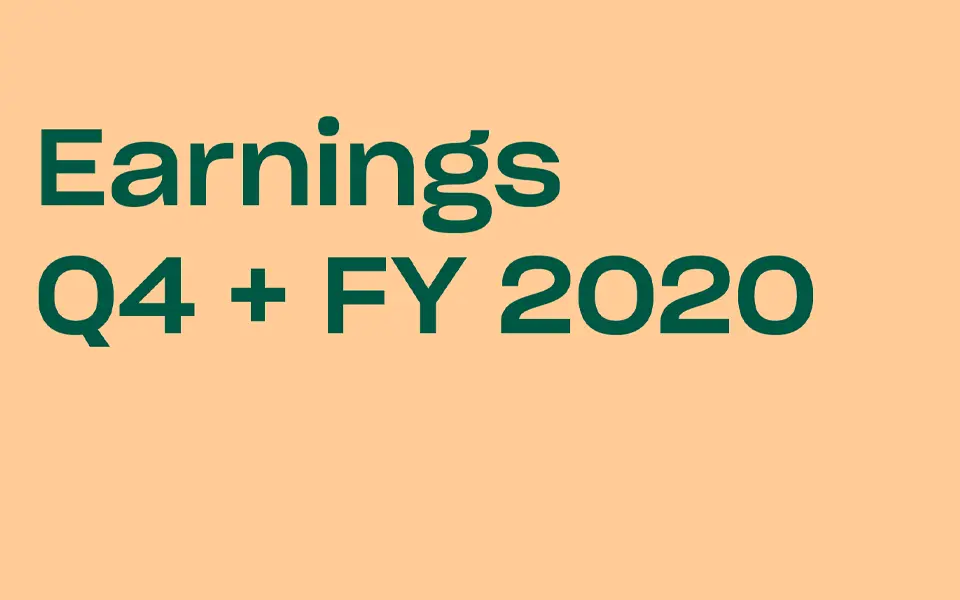
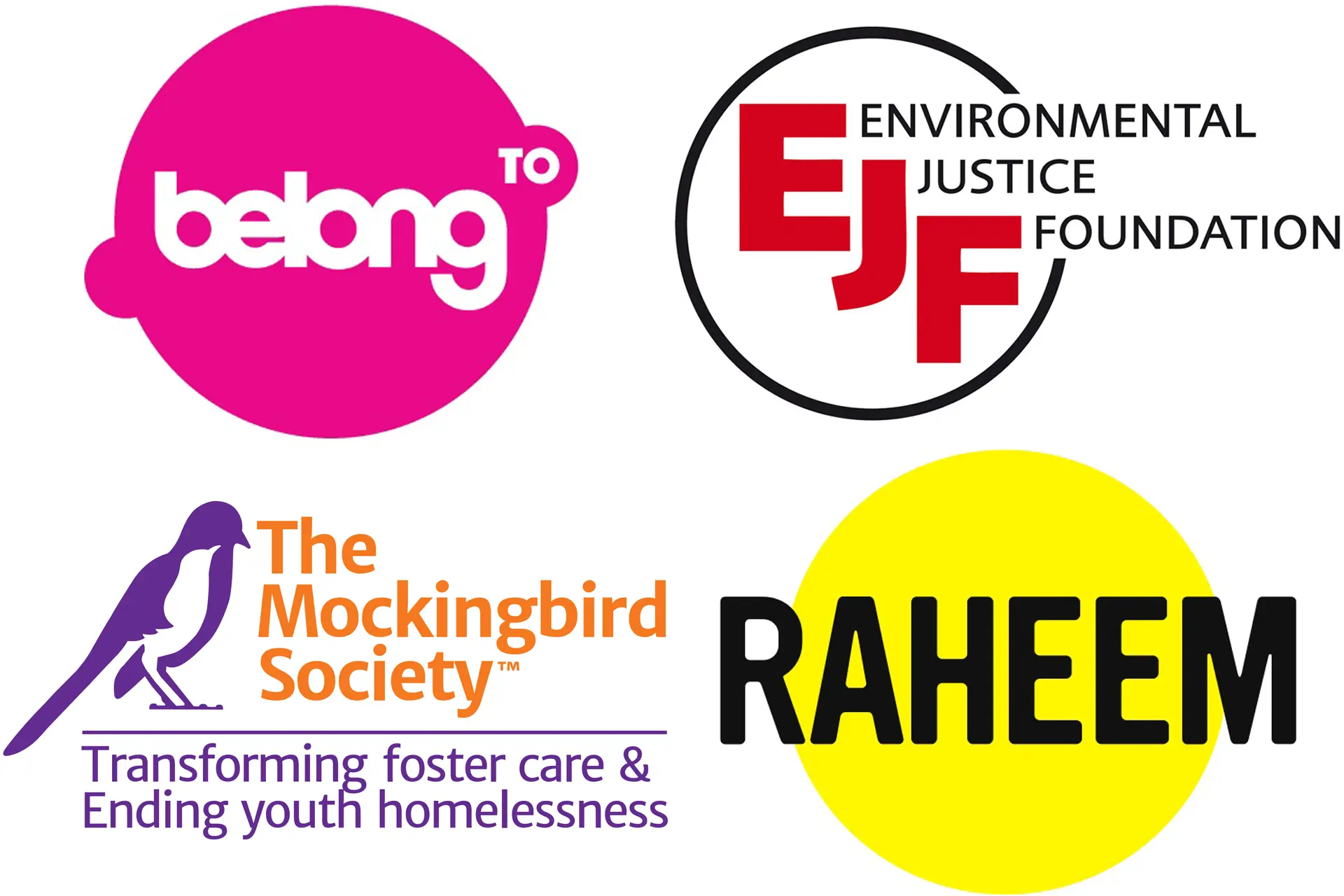
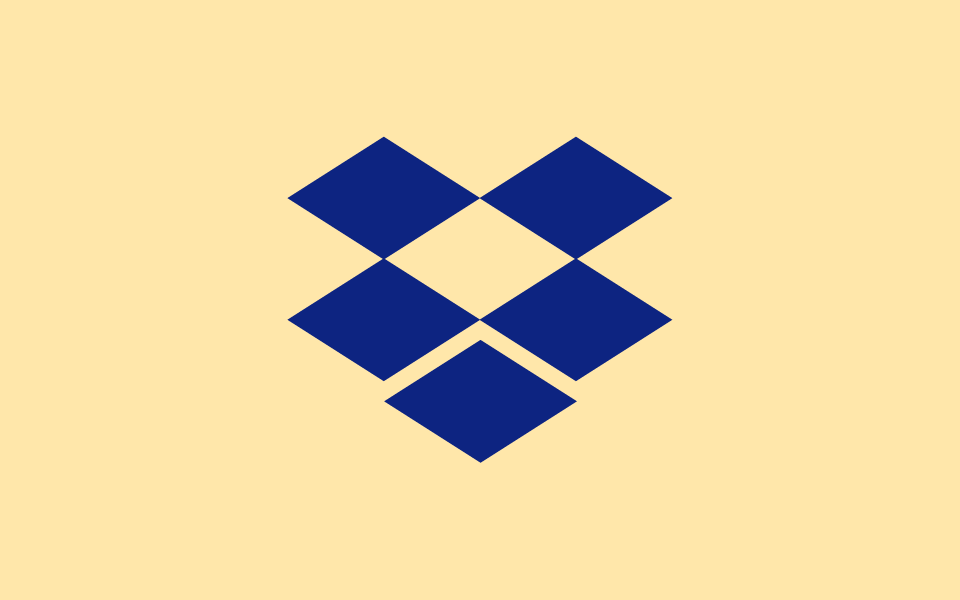




.png/_jcr_content/renditions/blog_(960x960).webp)
